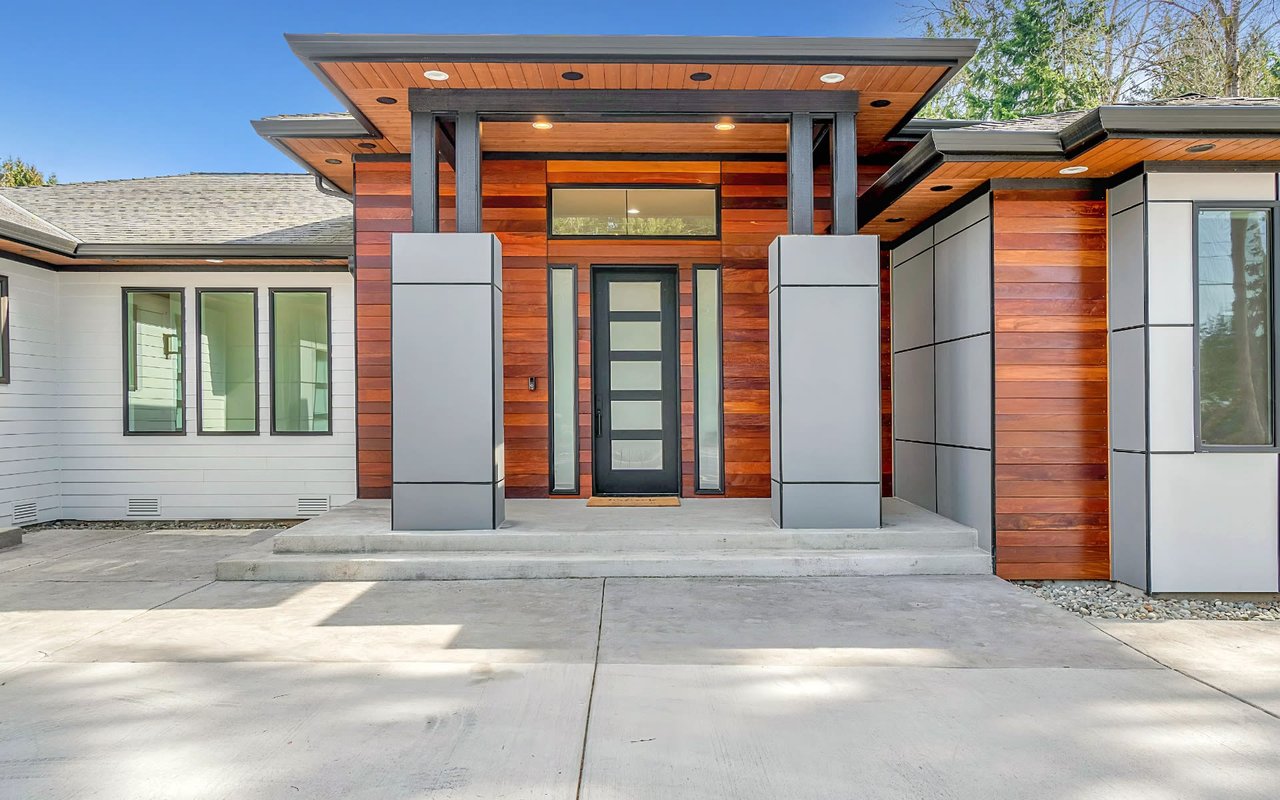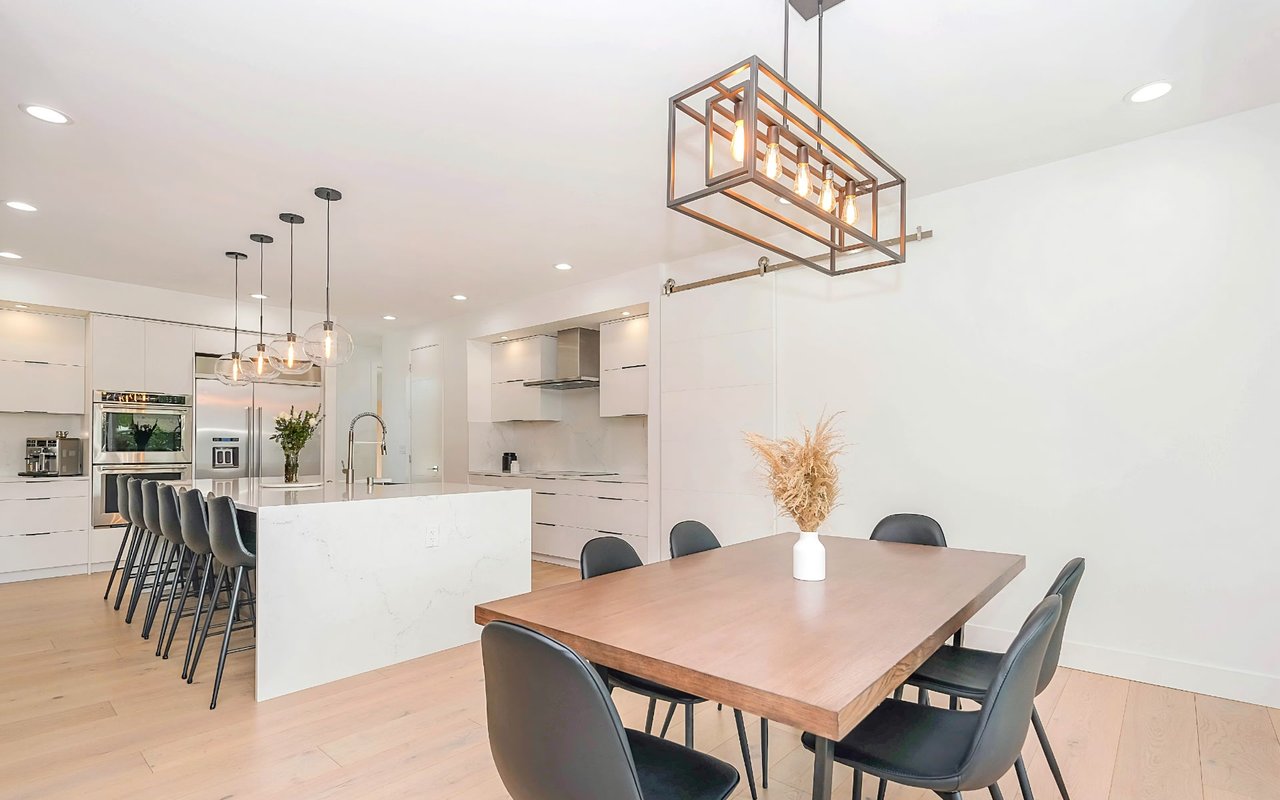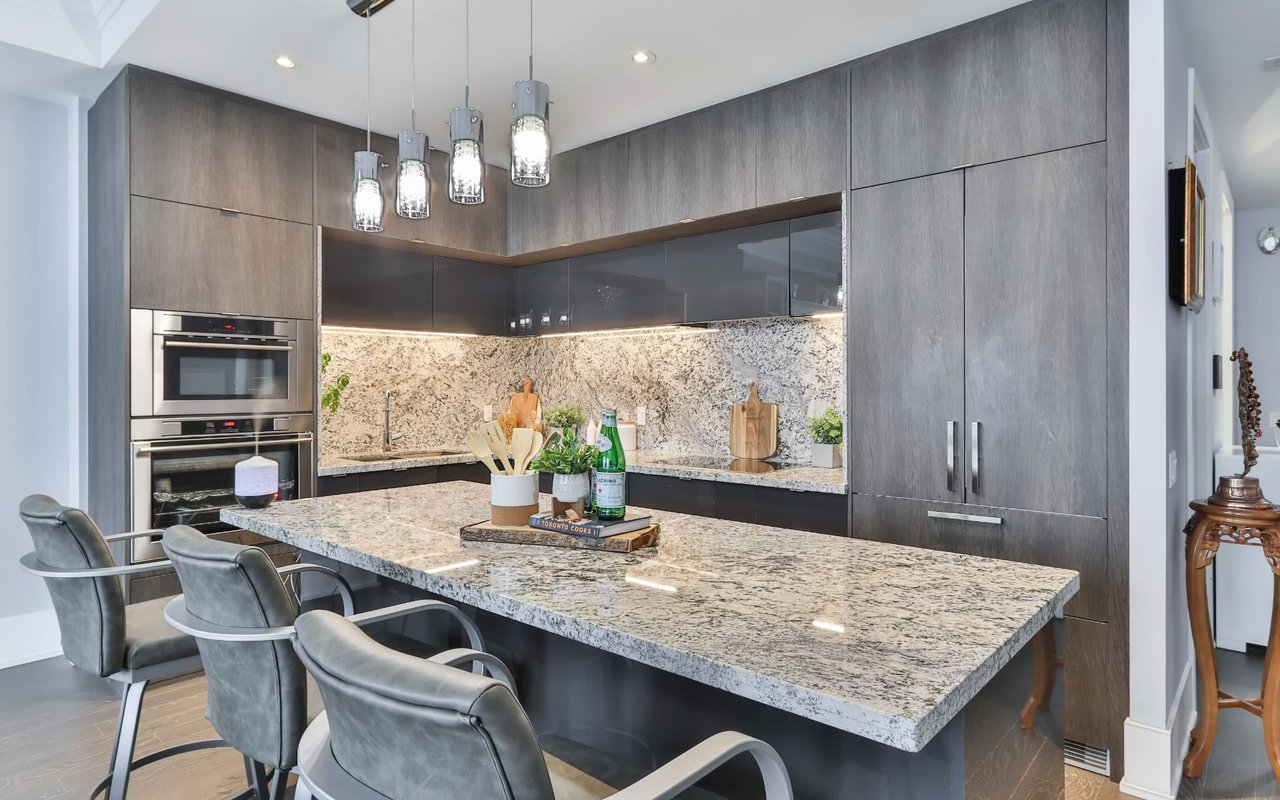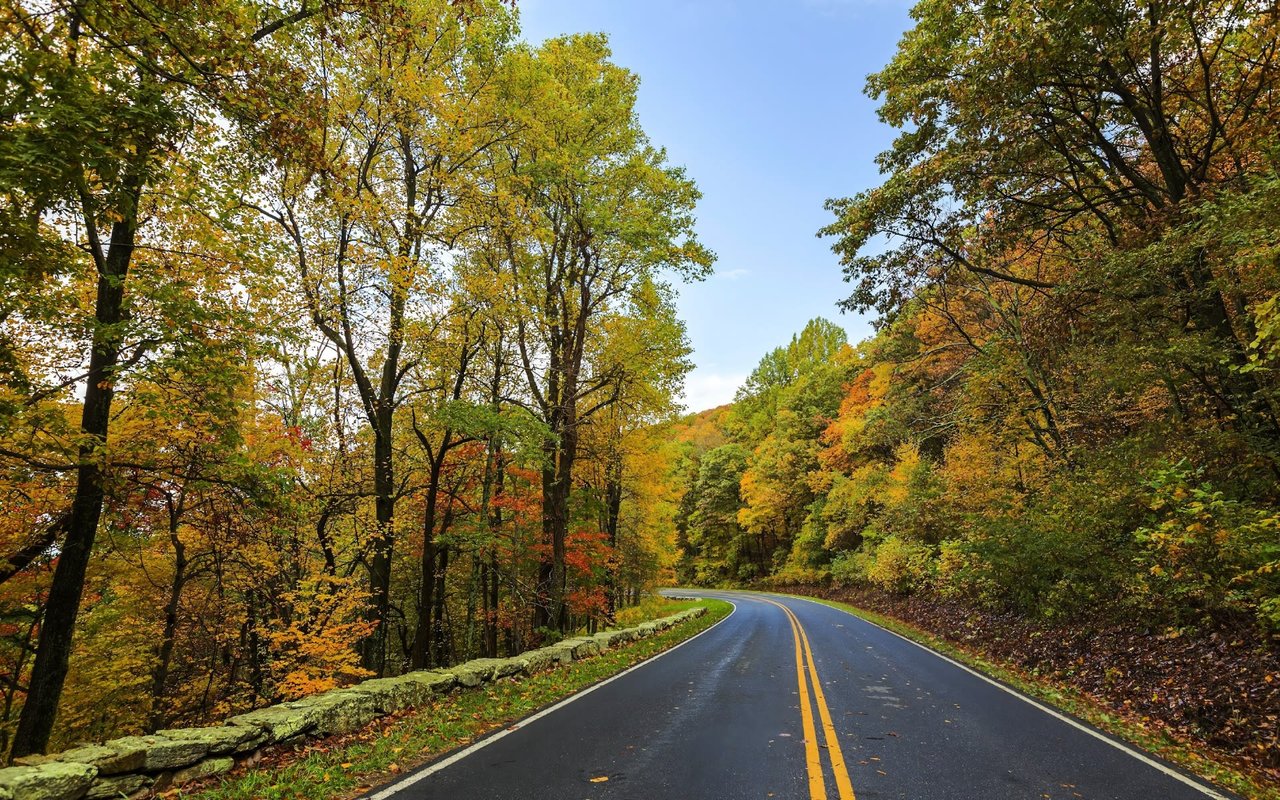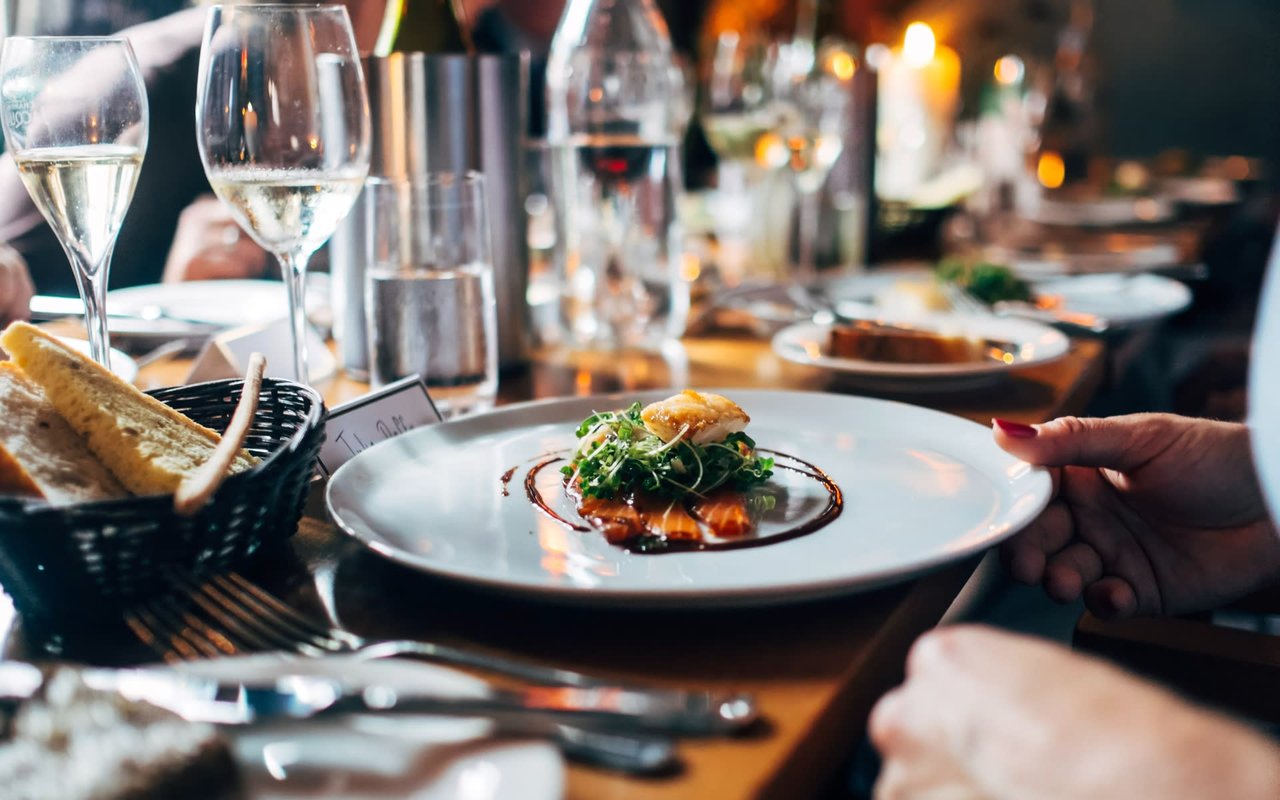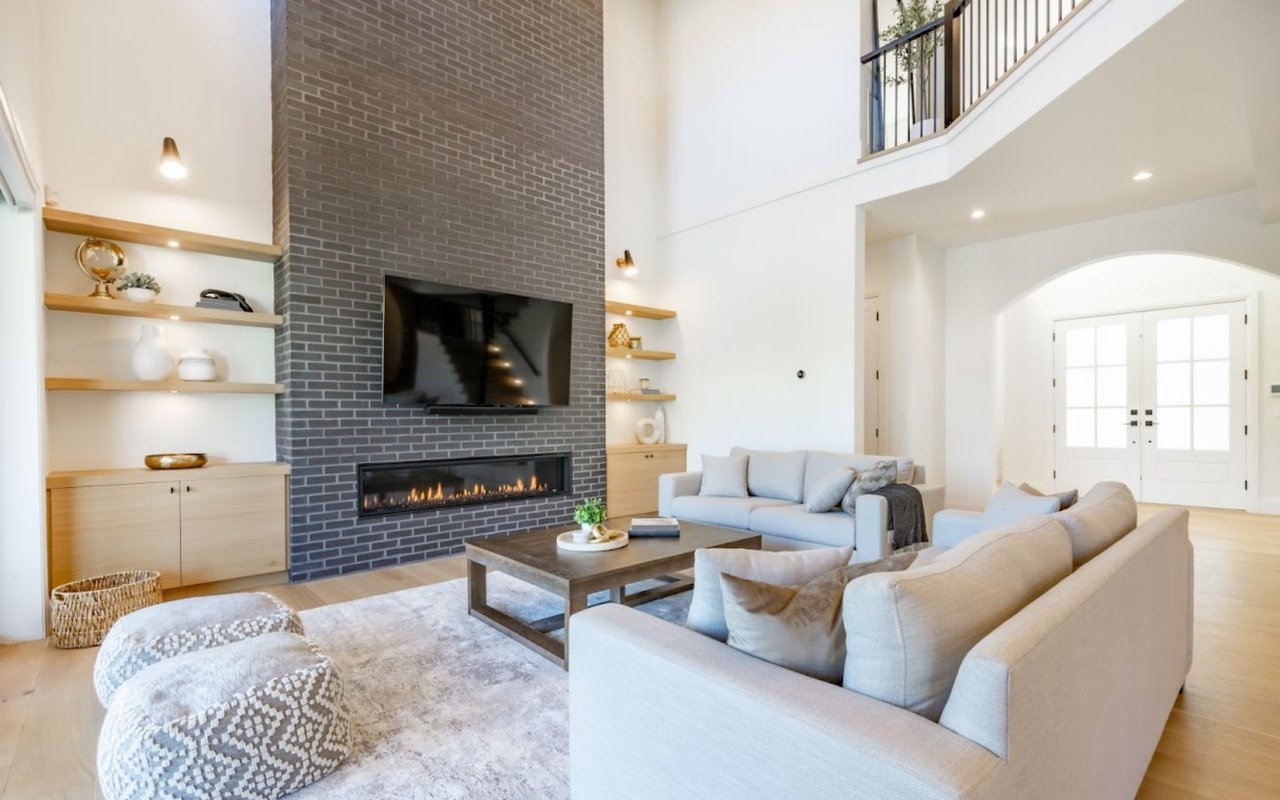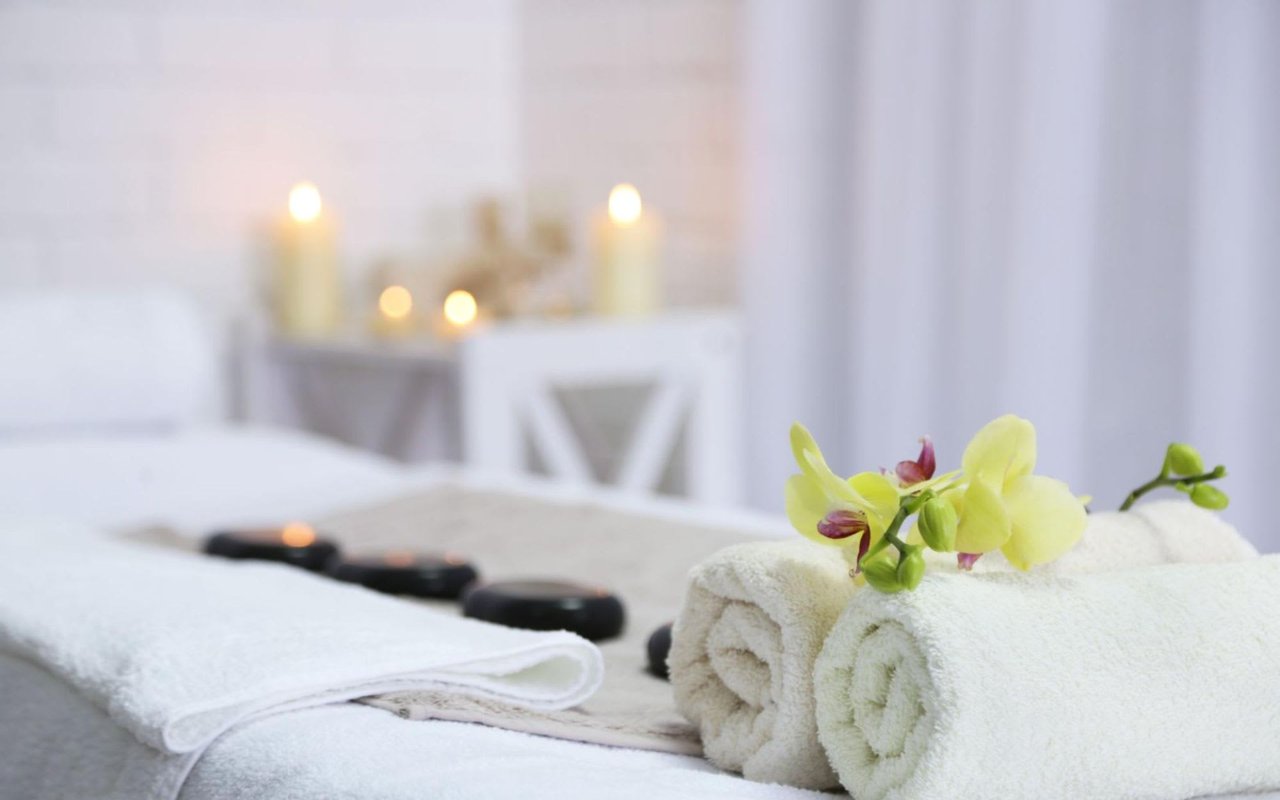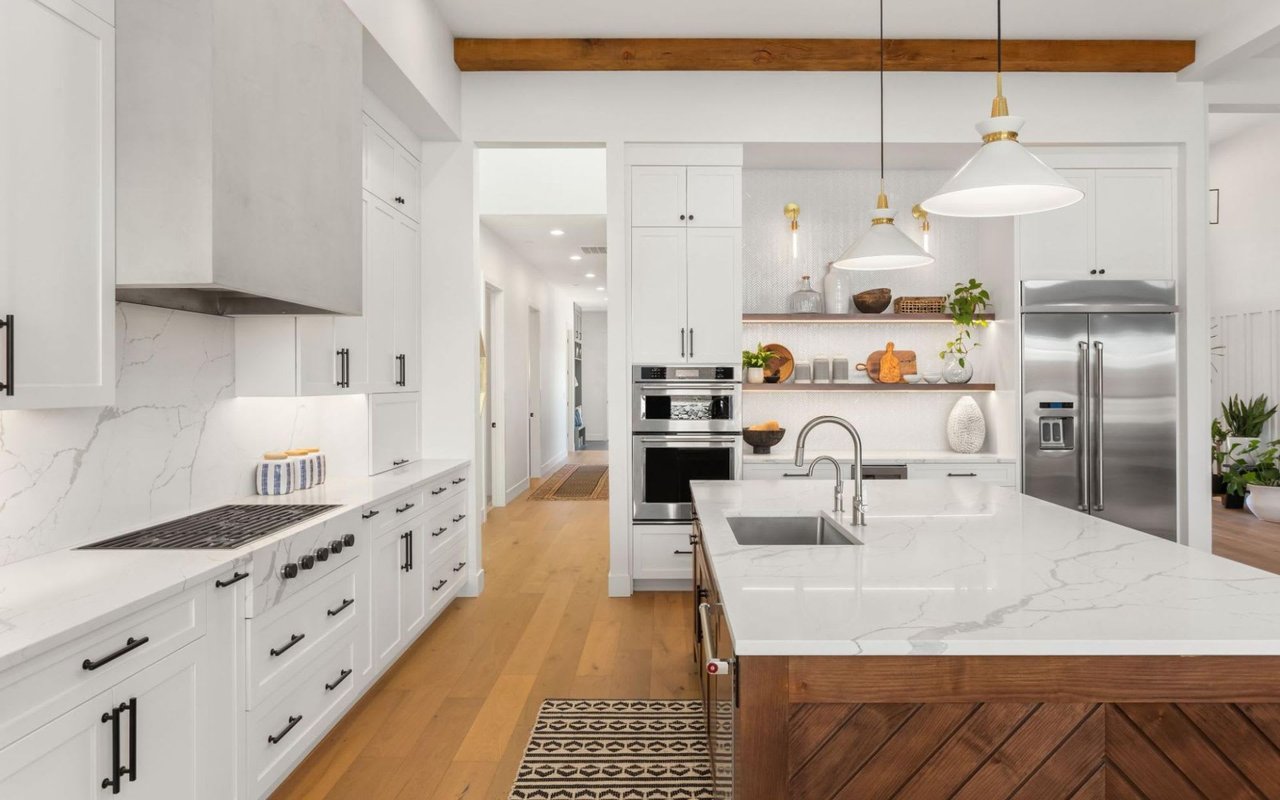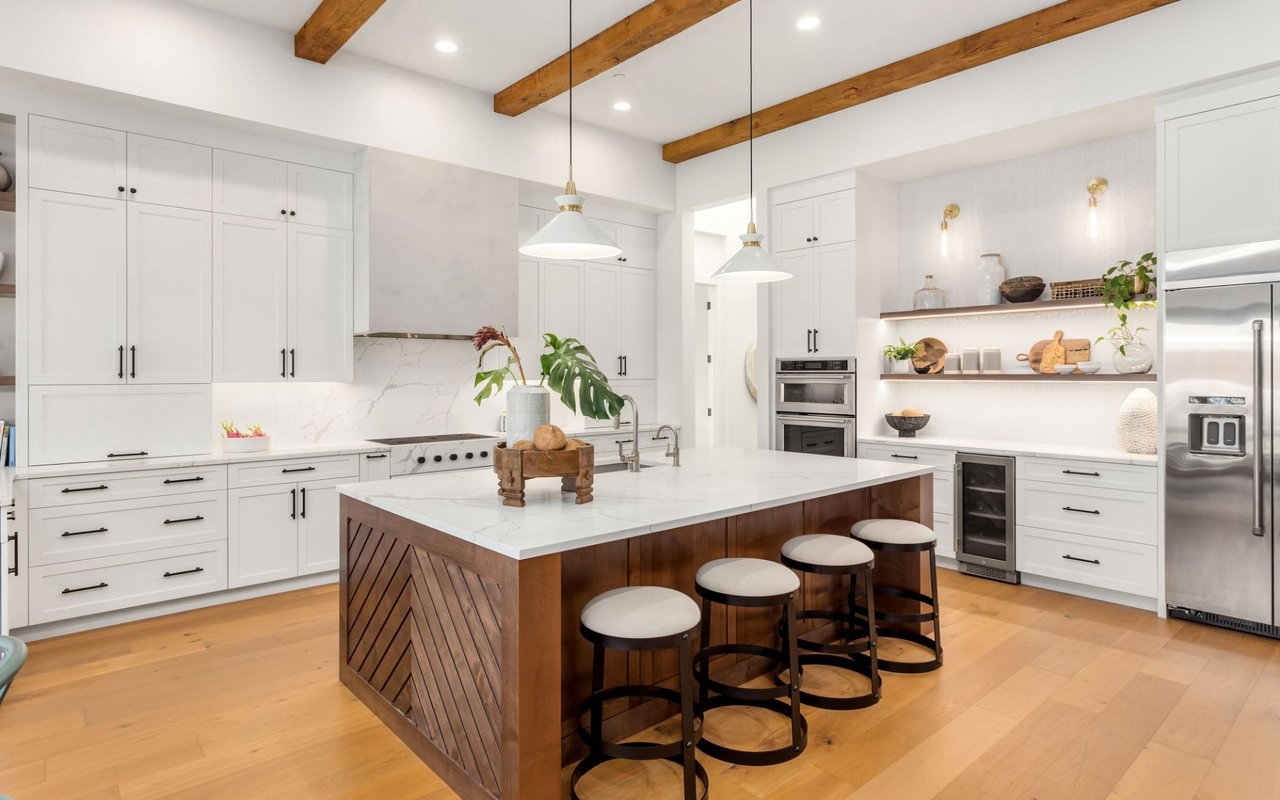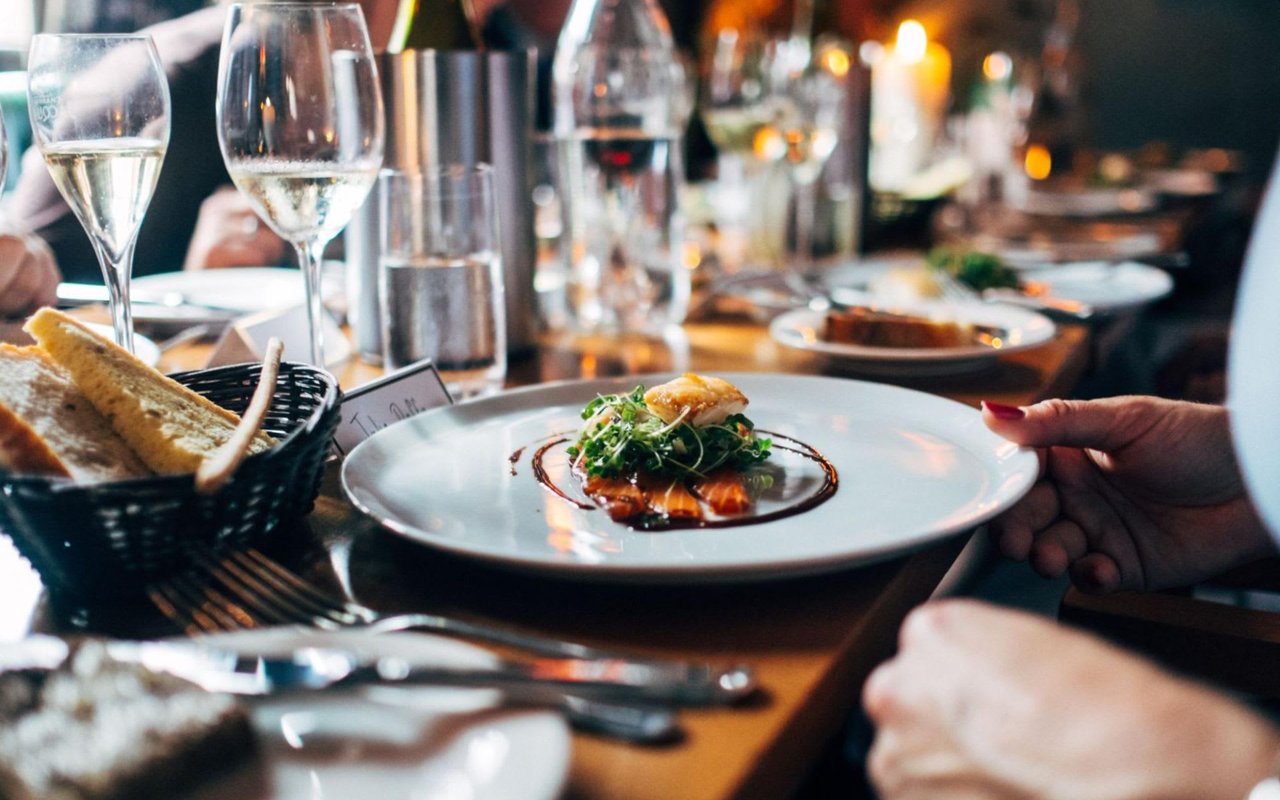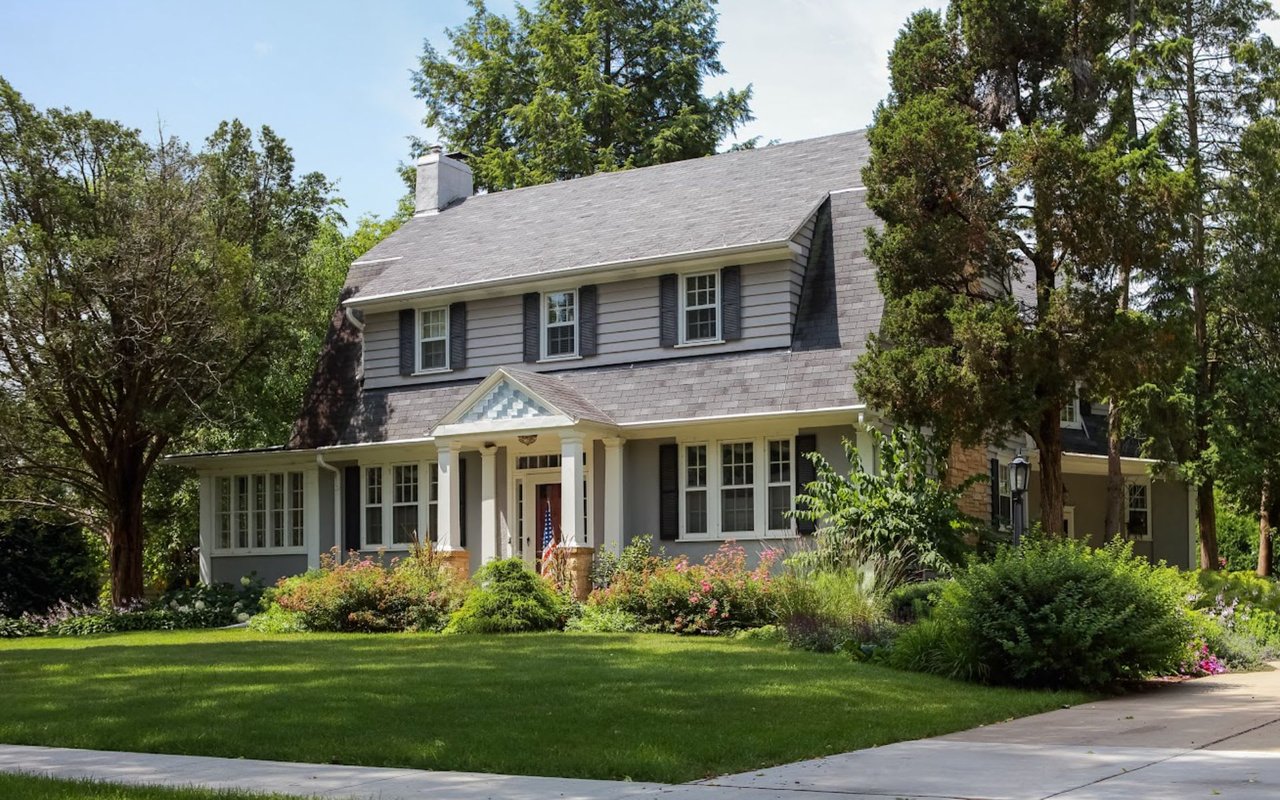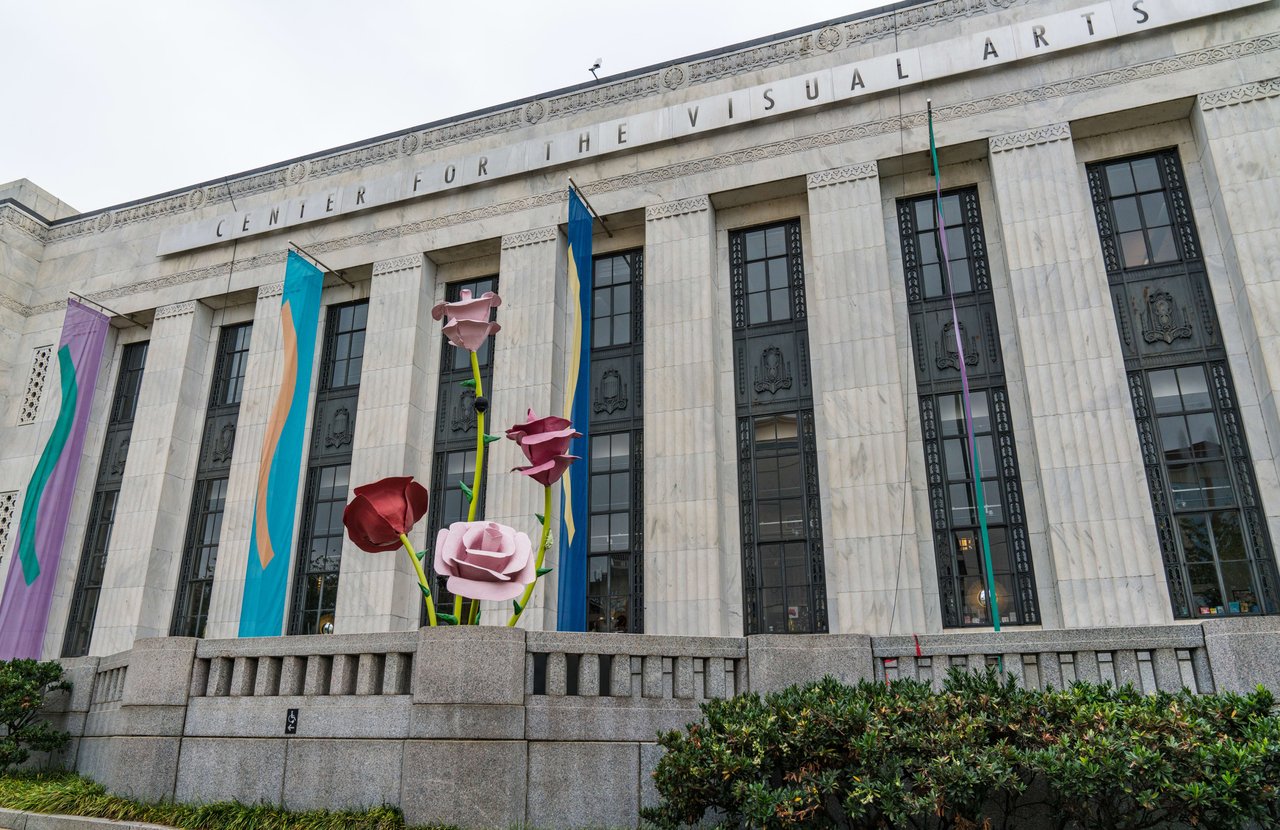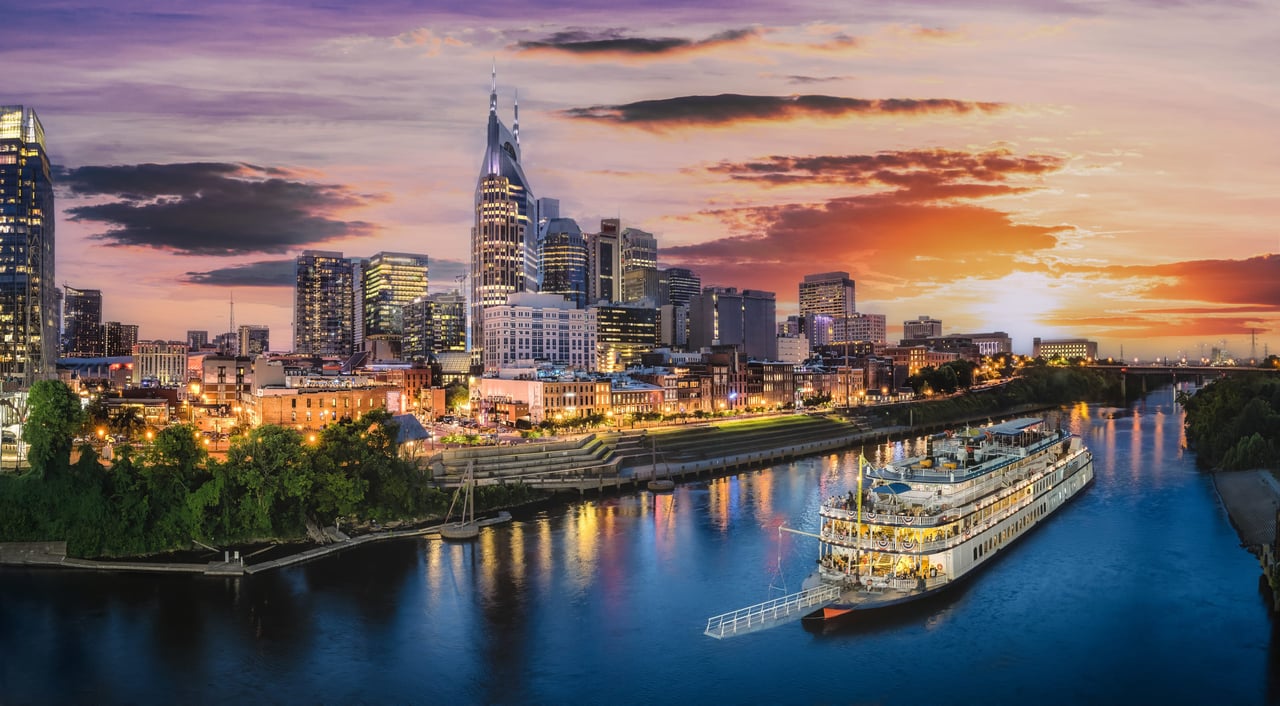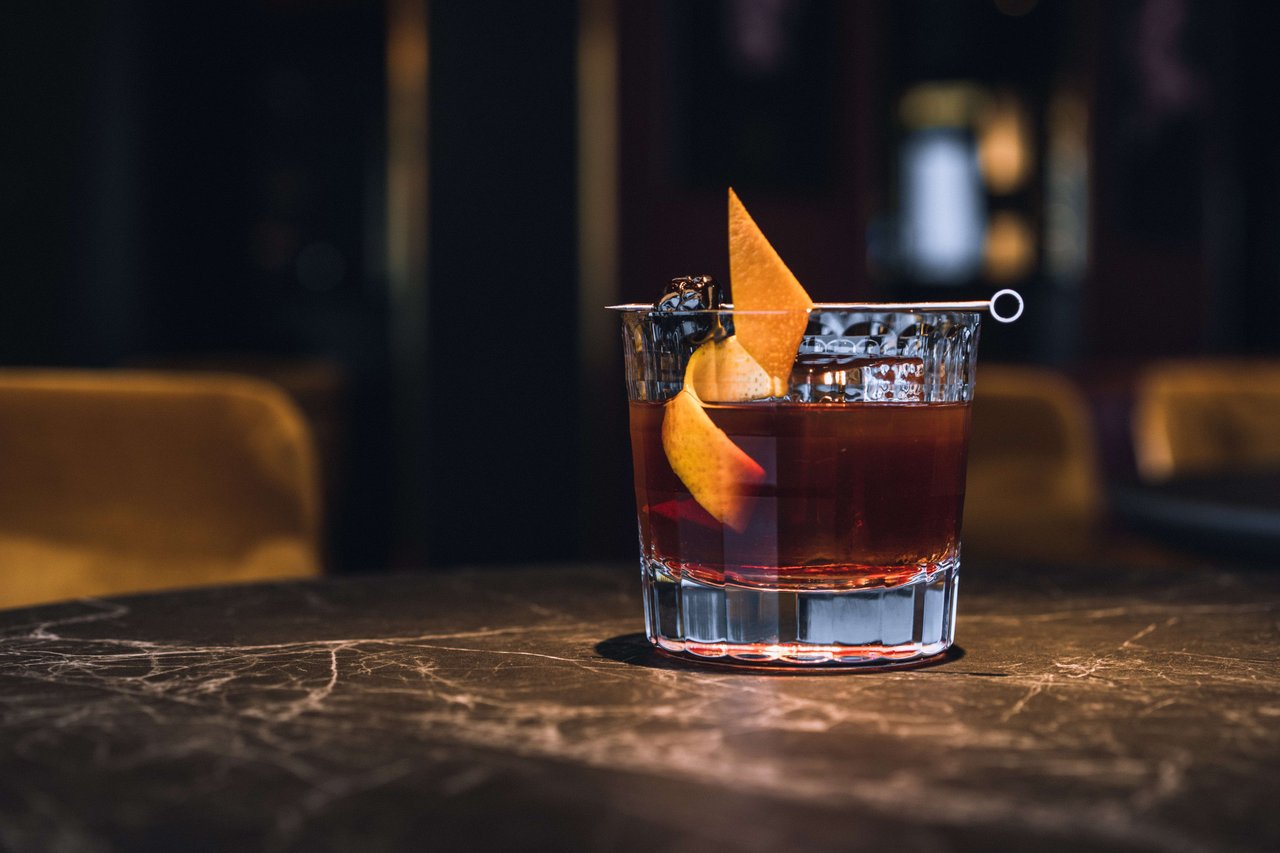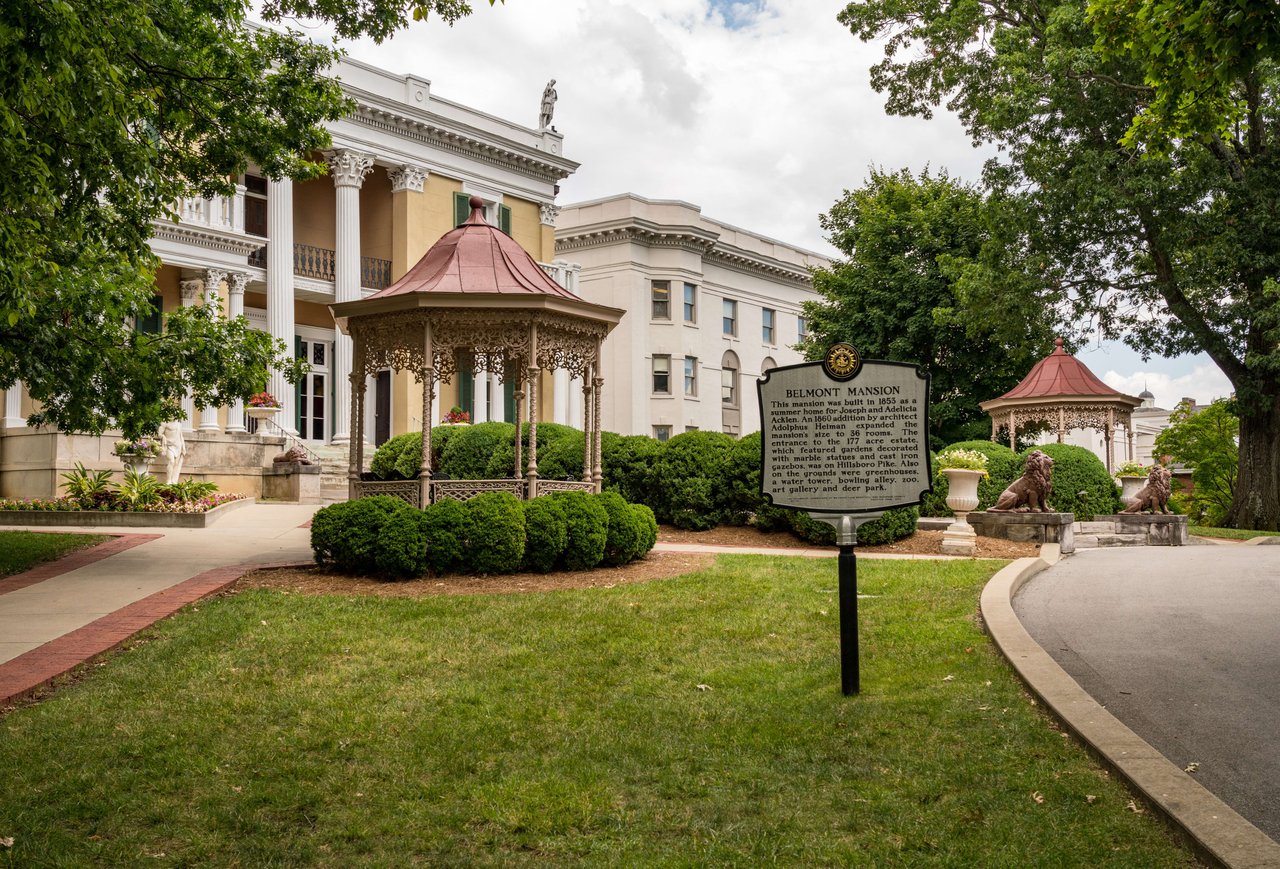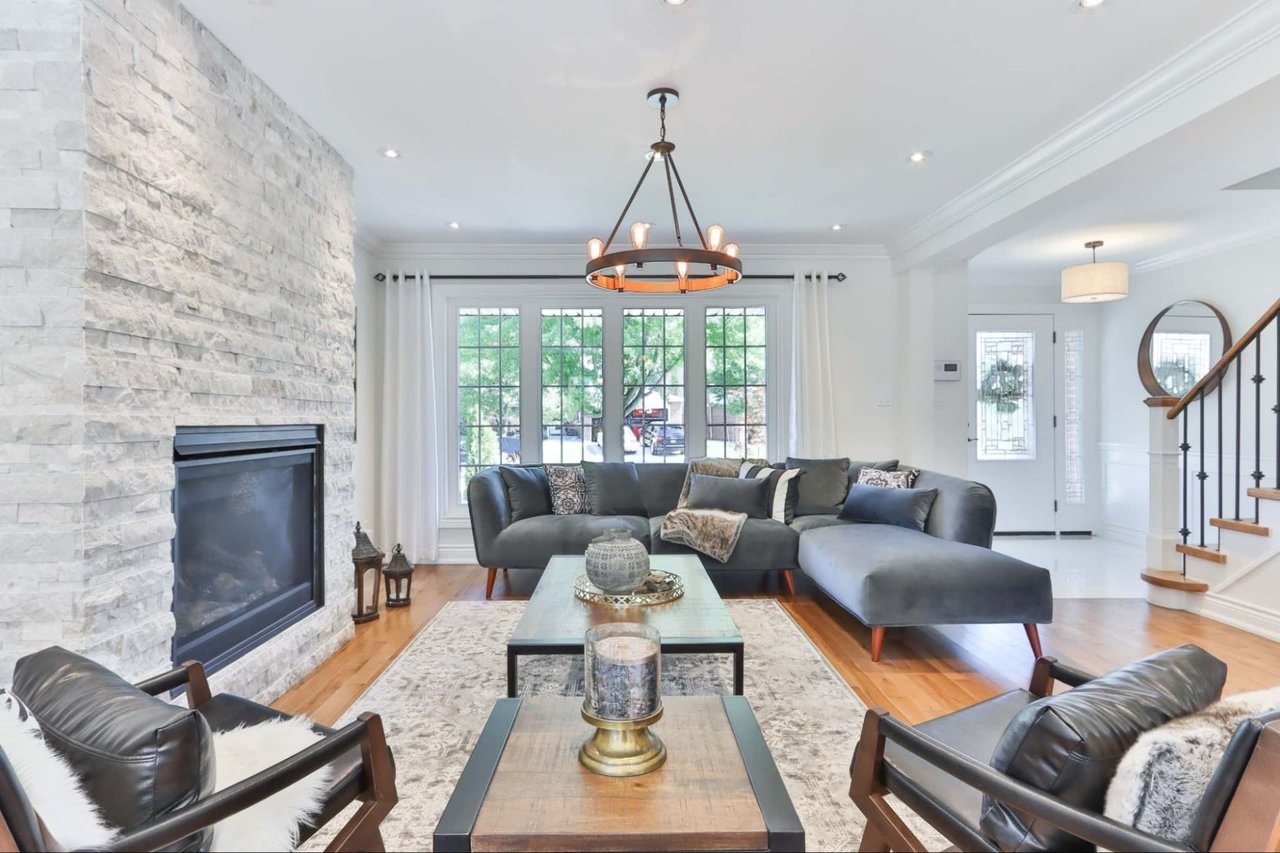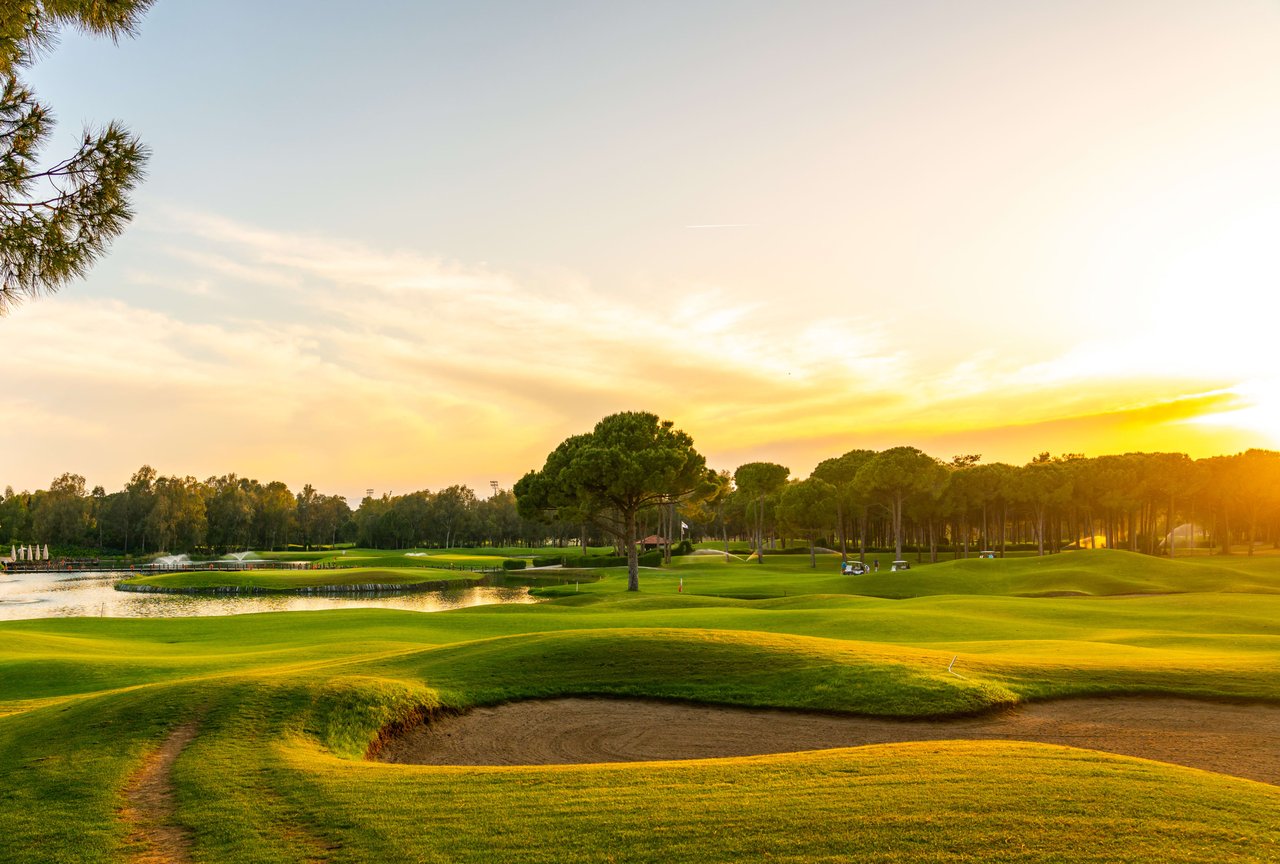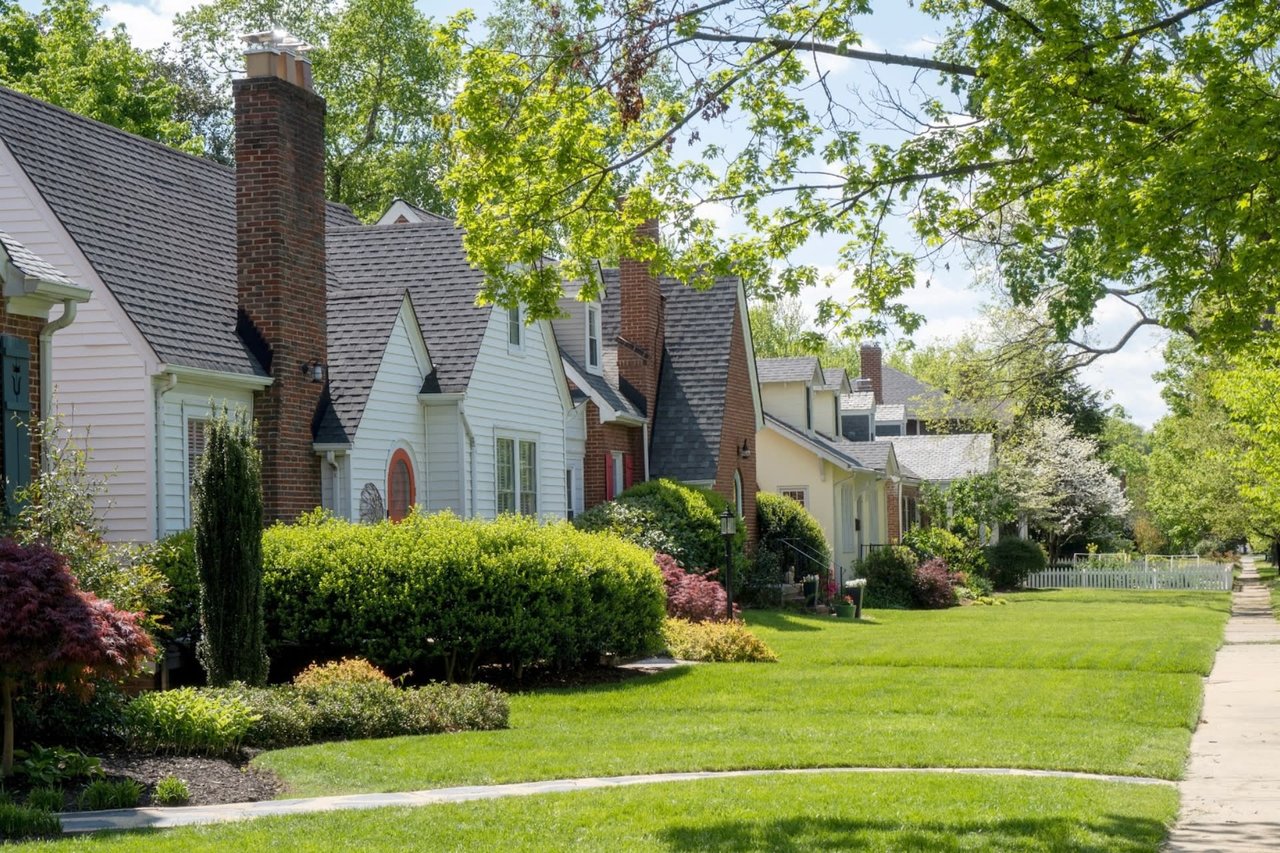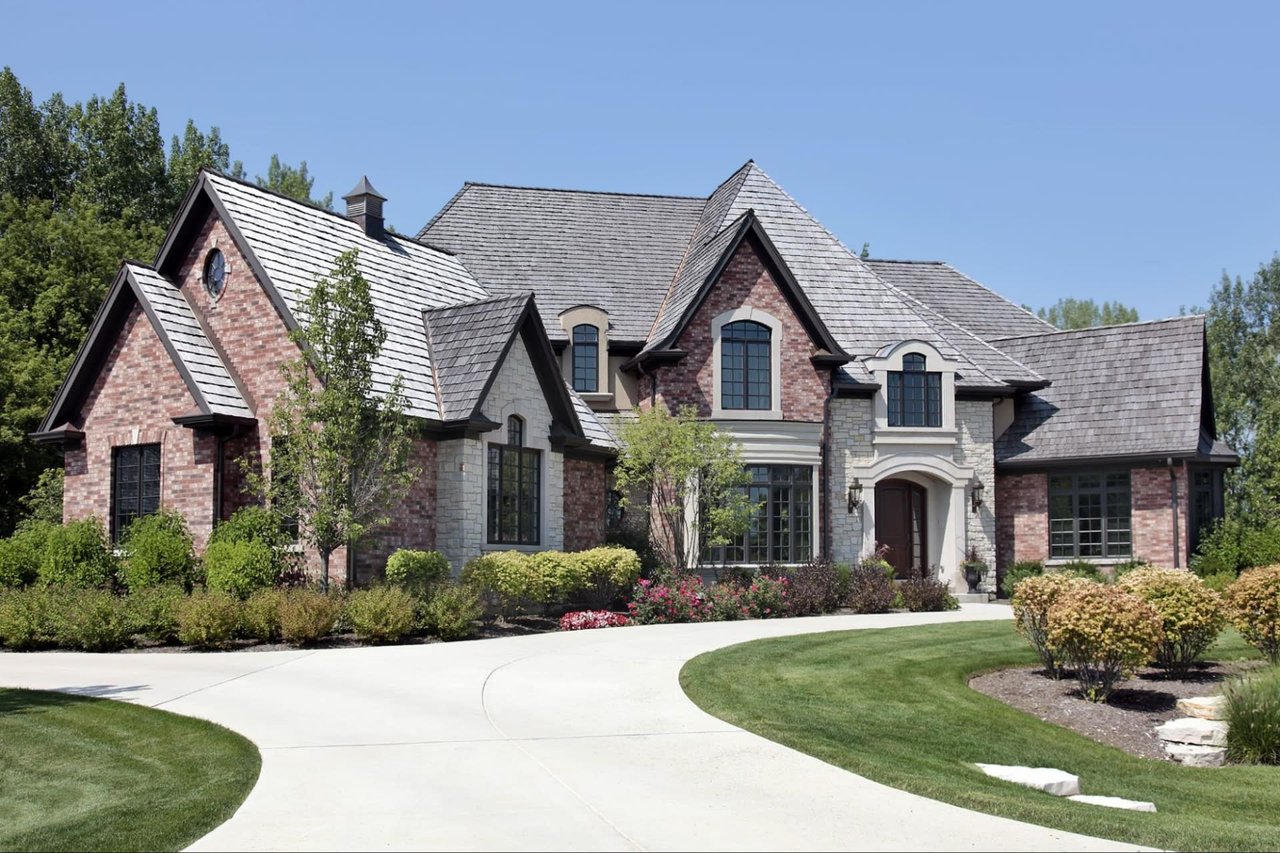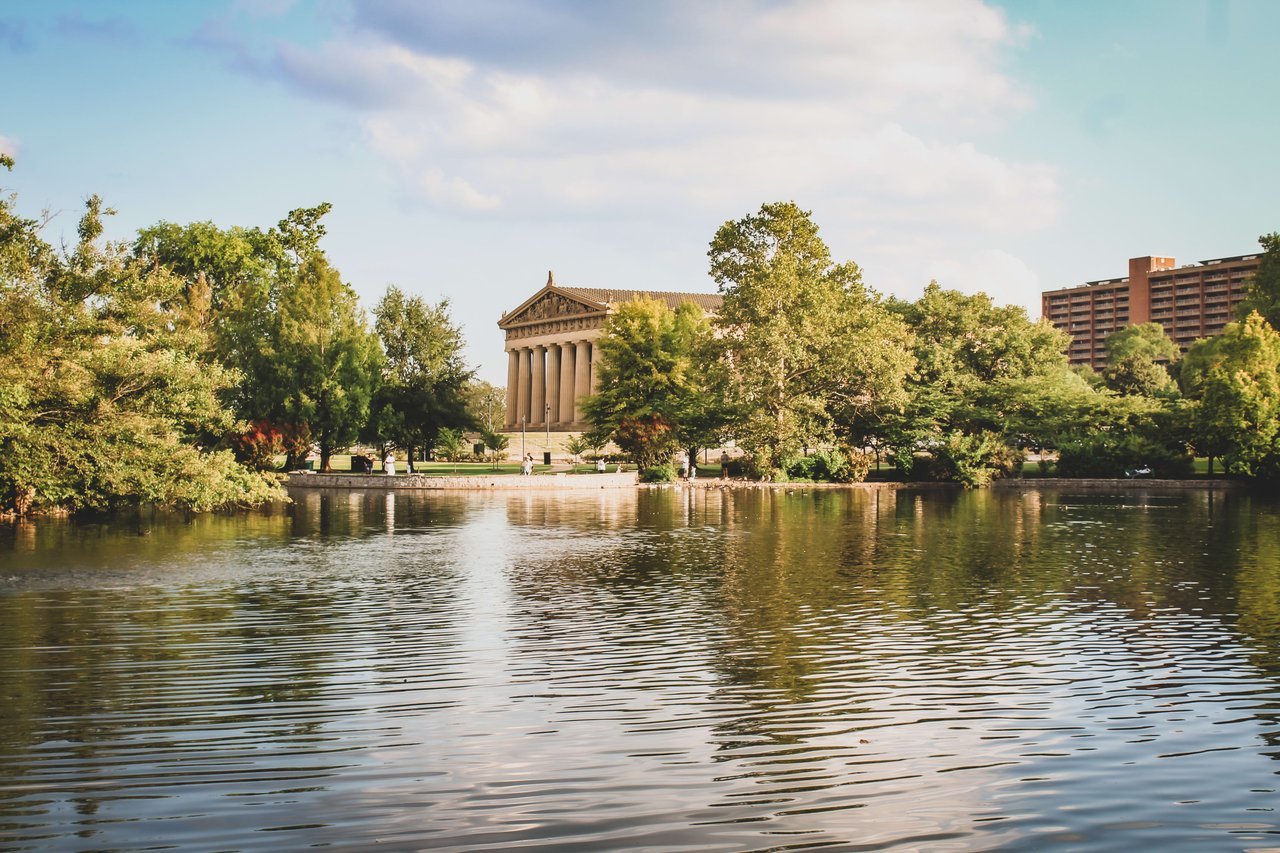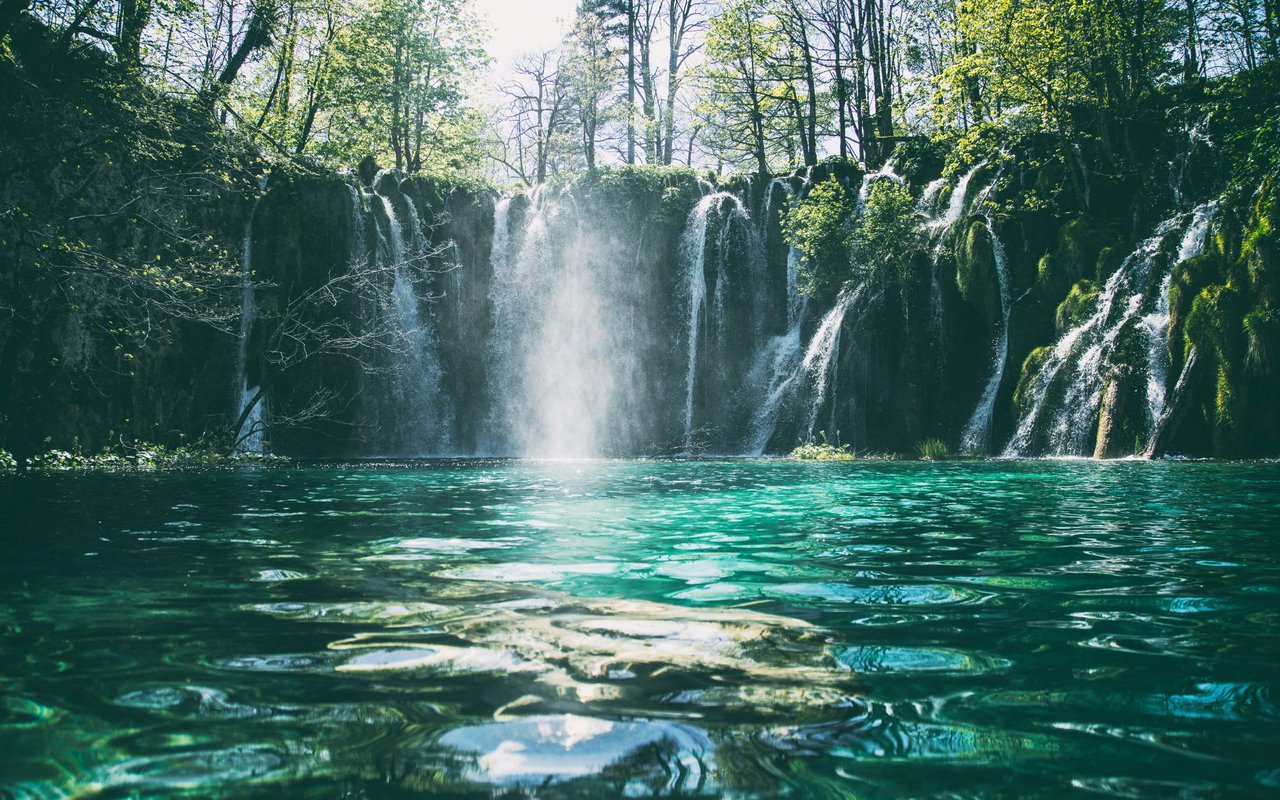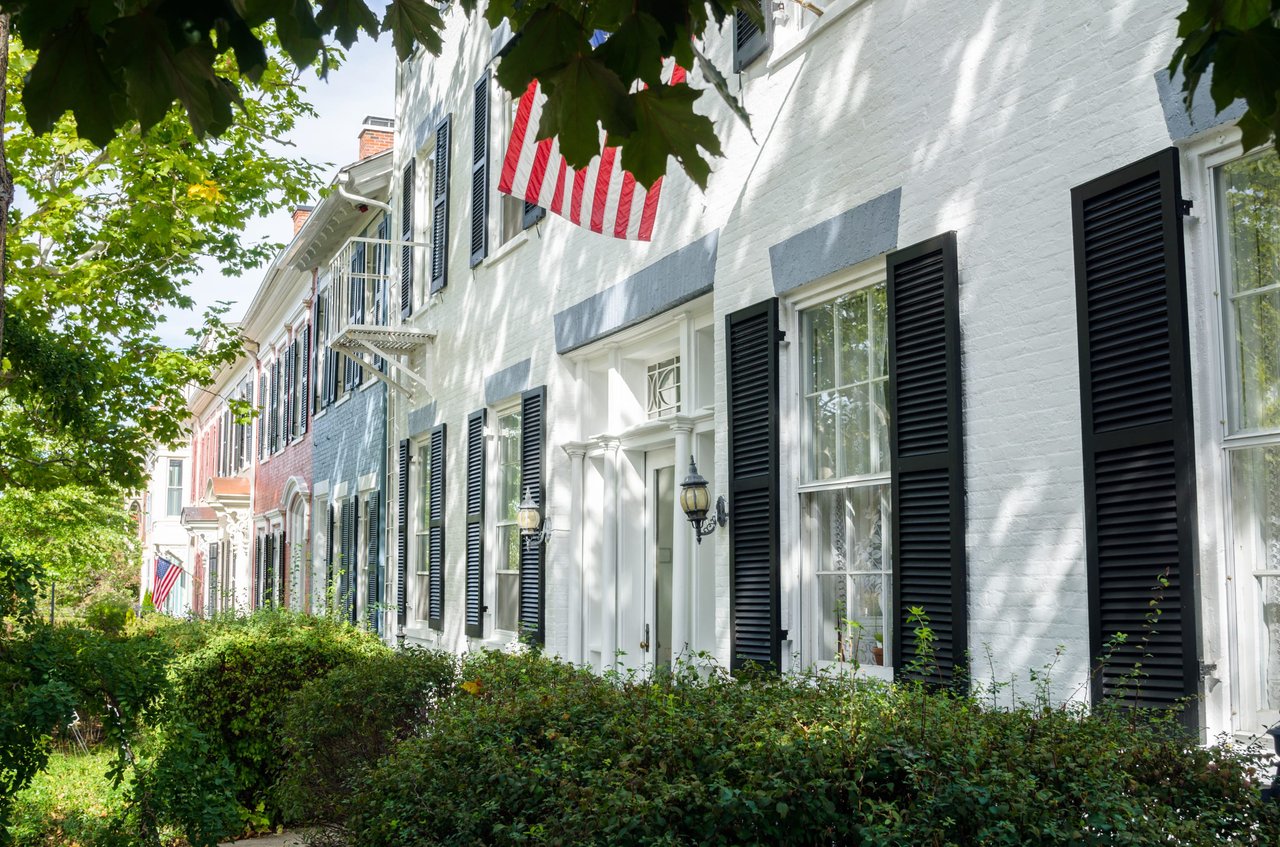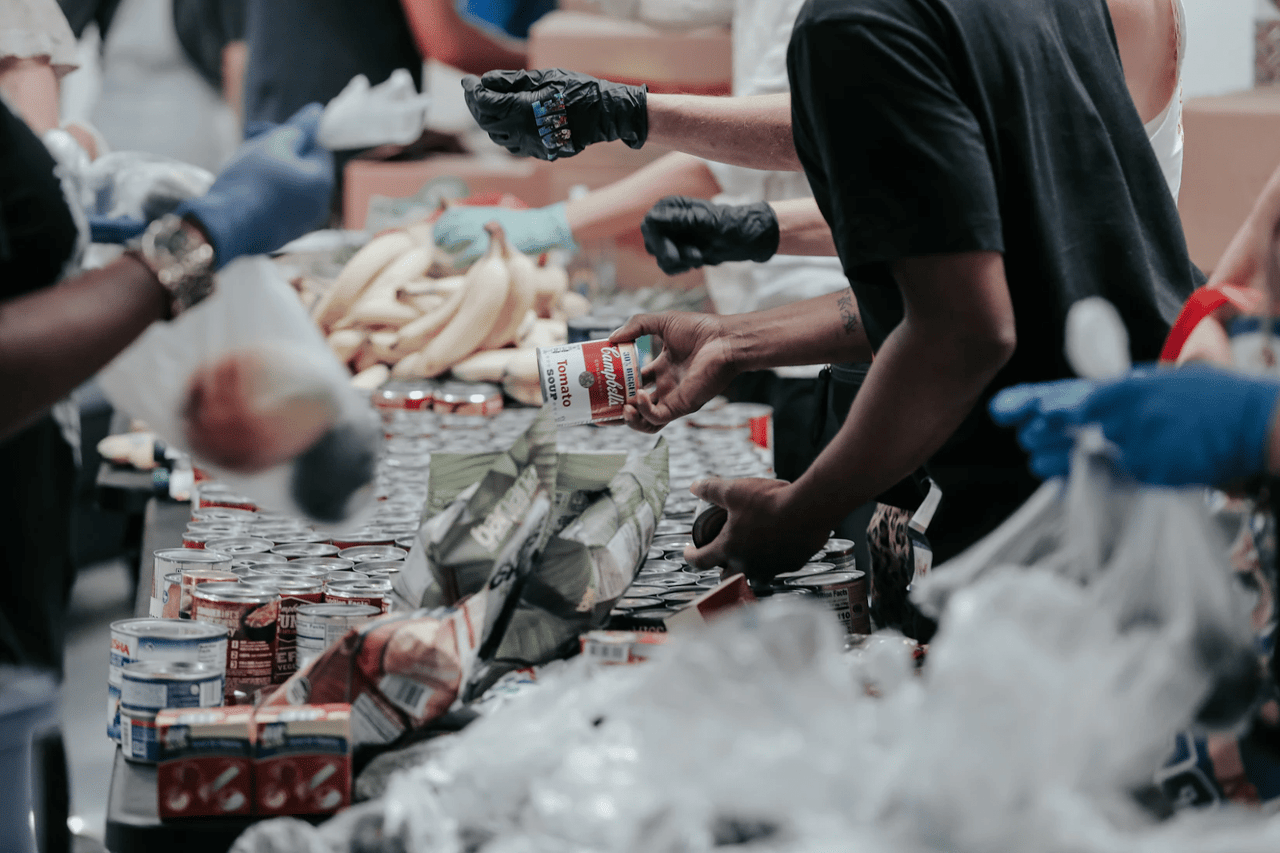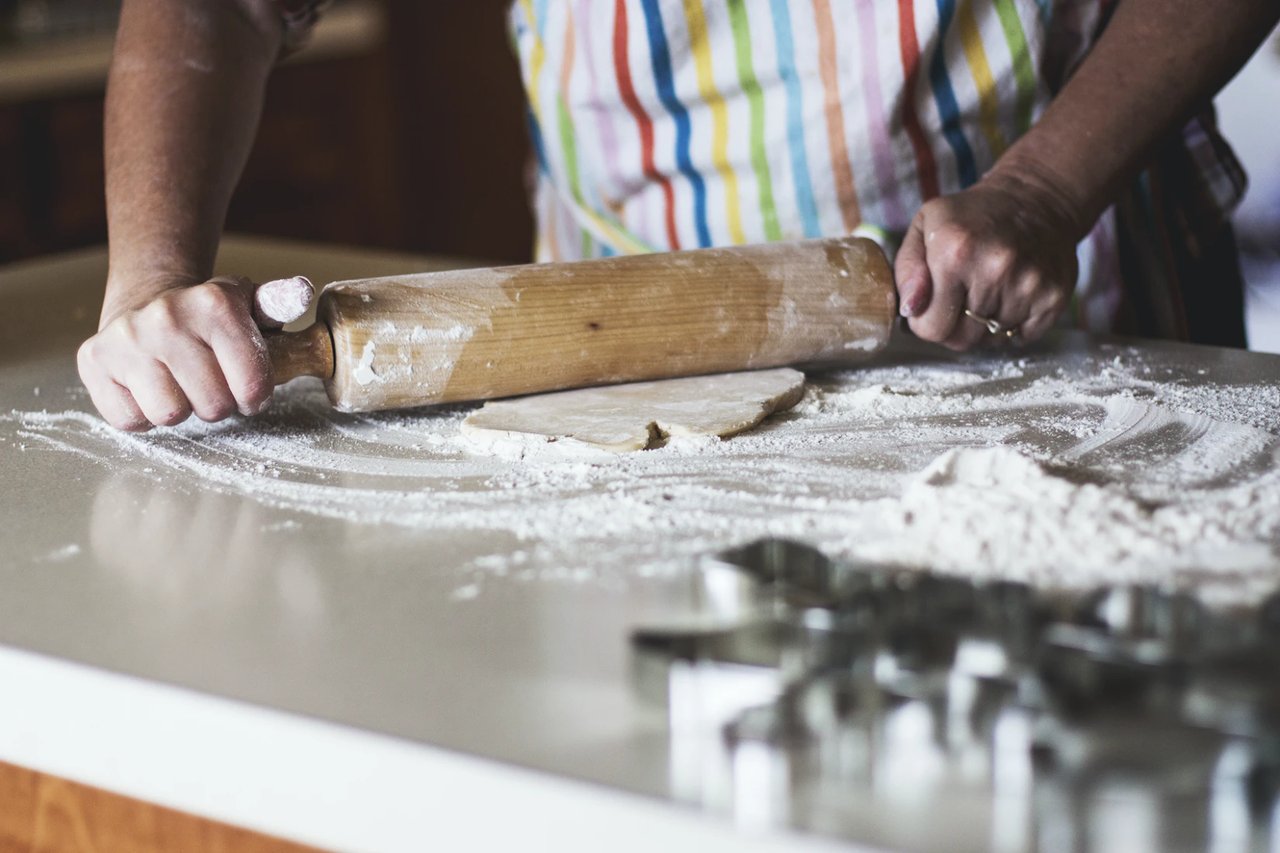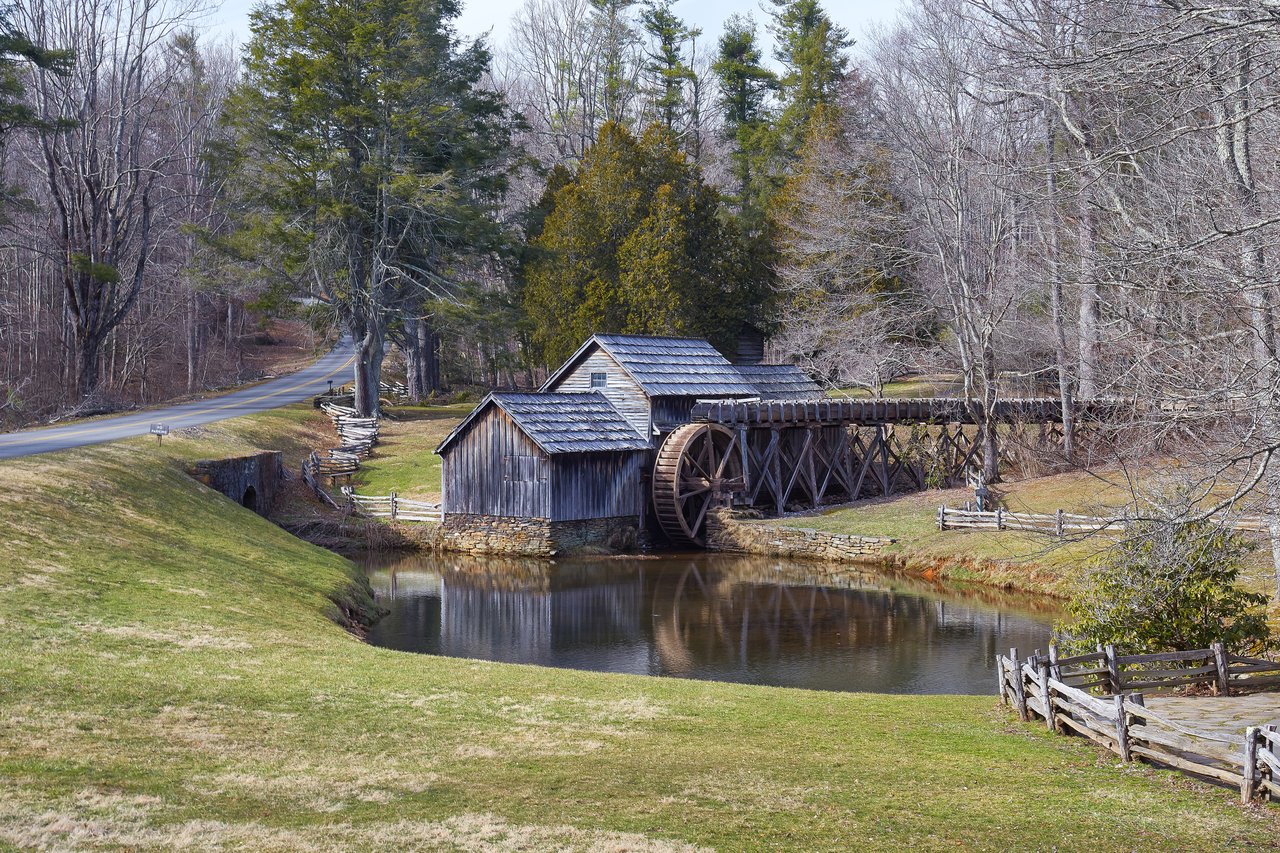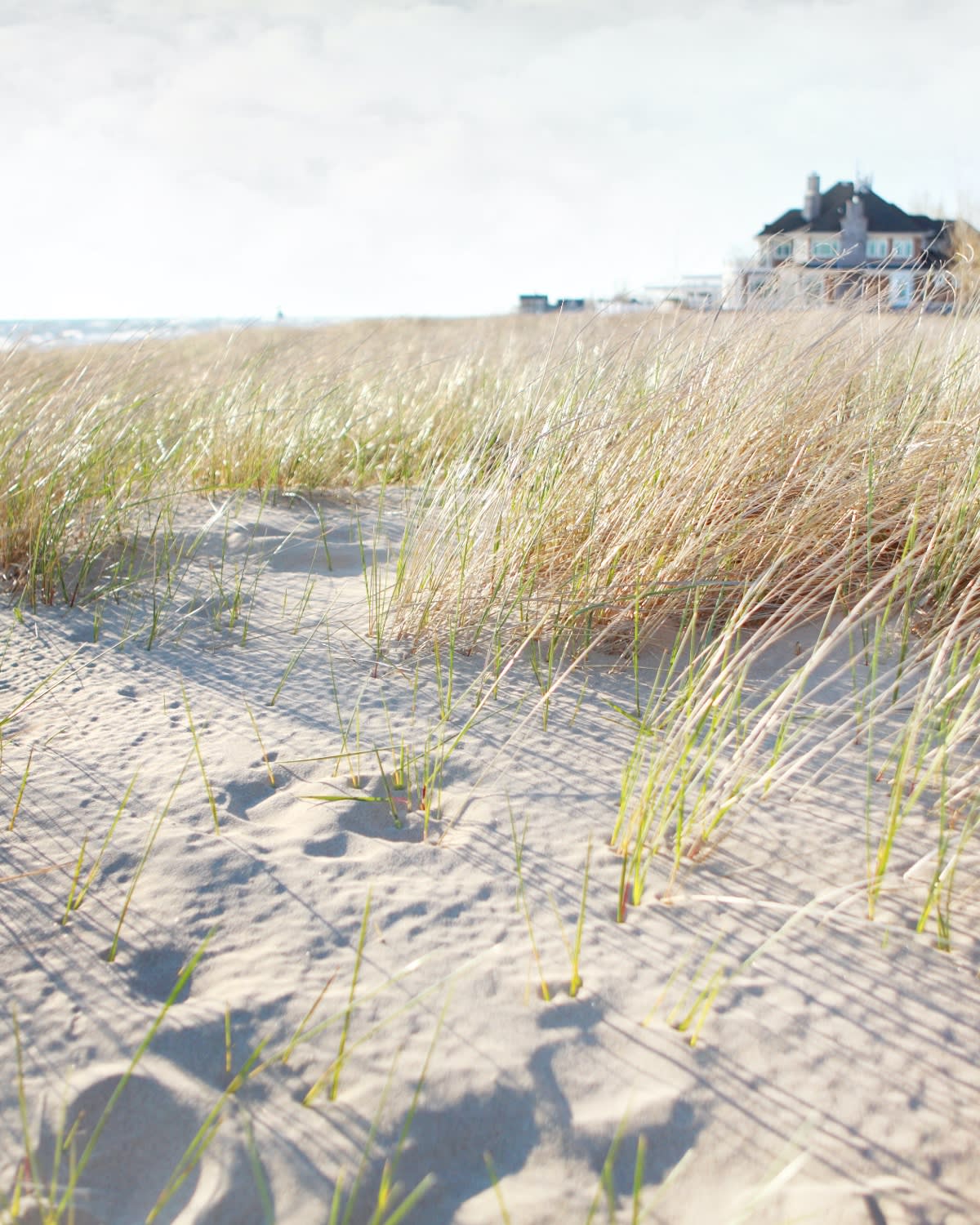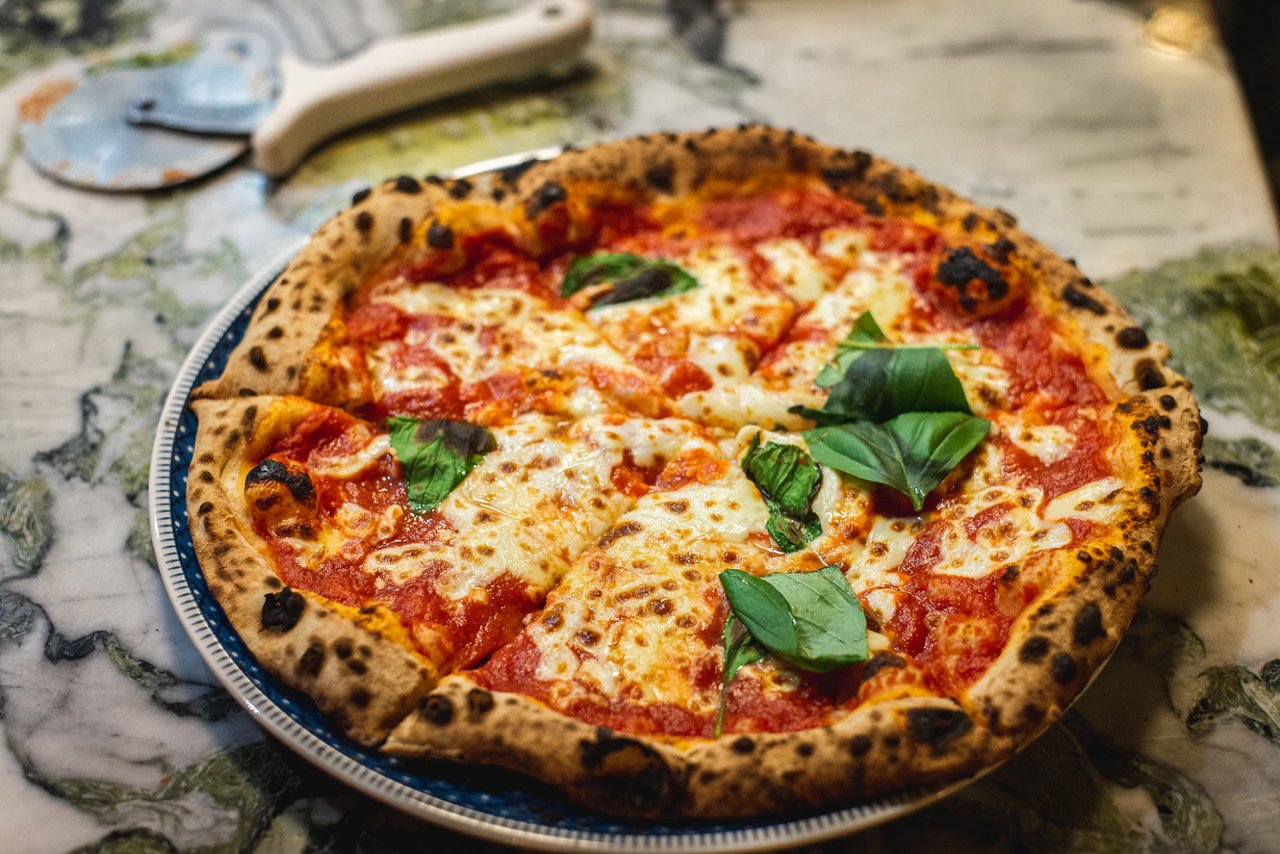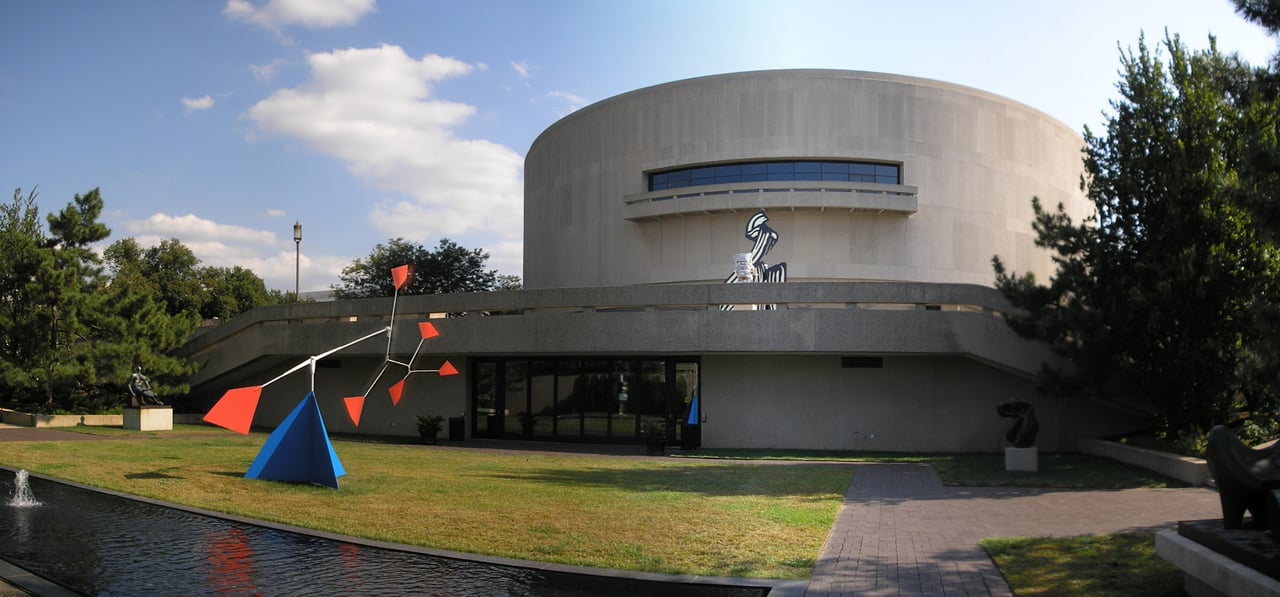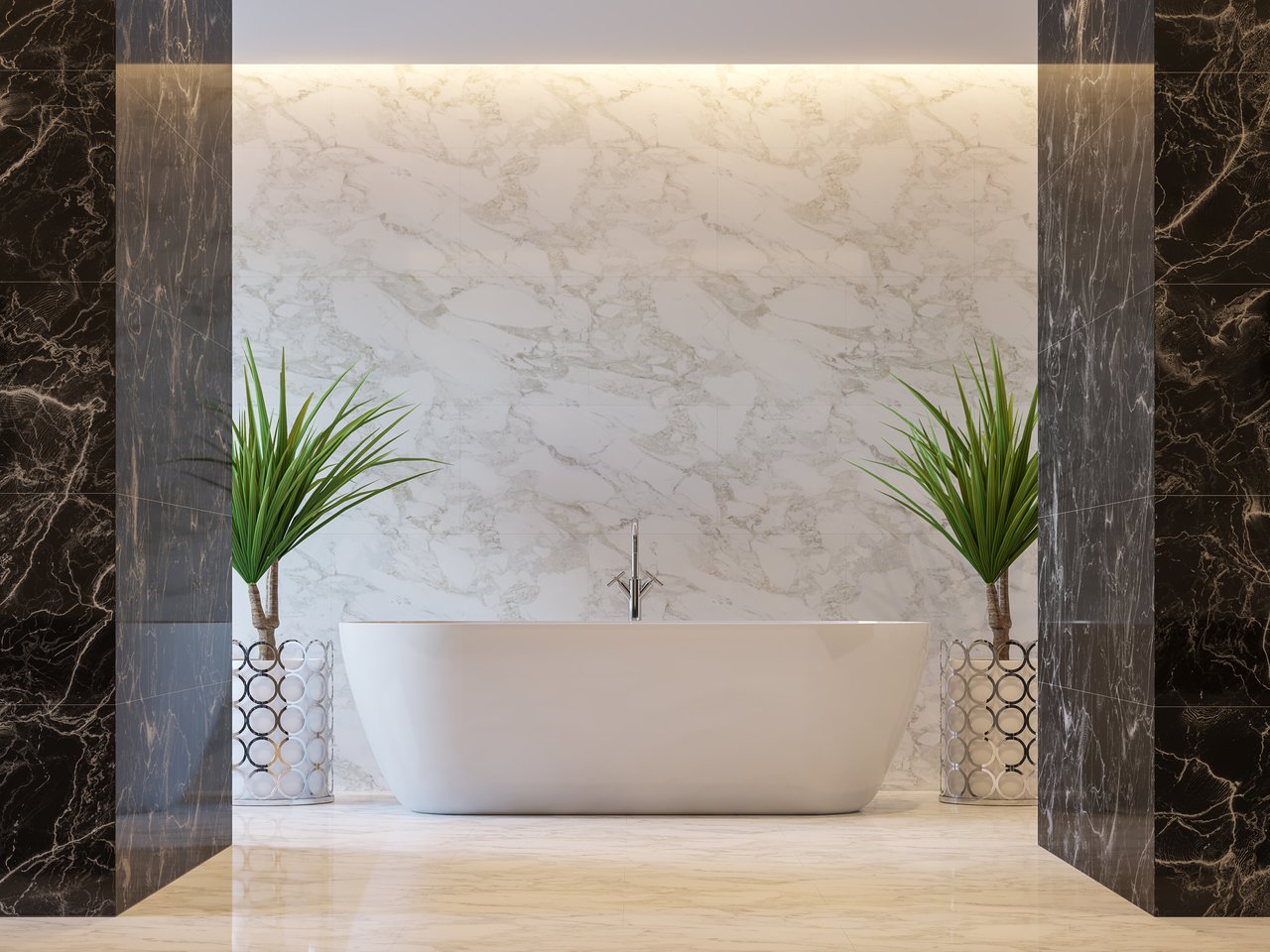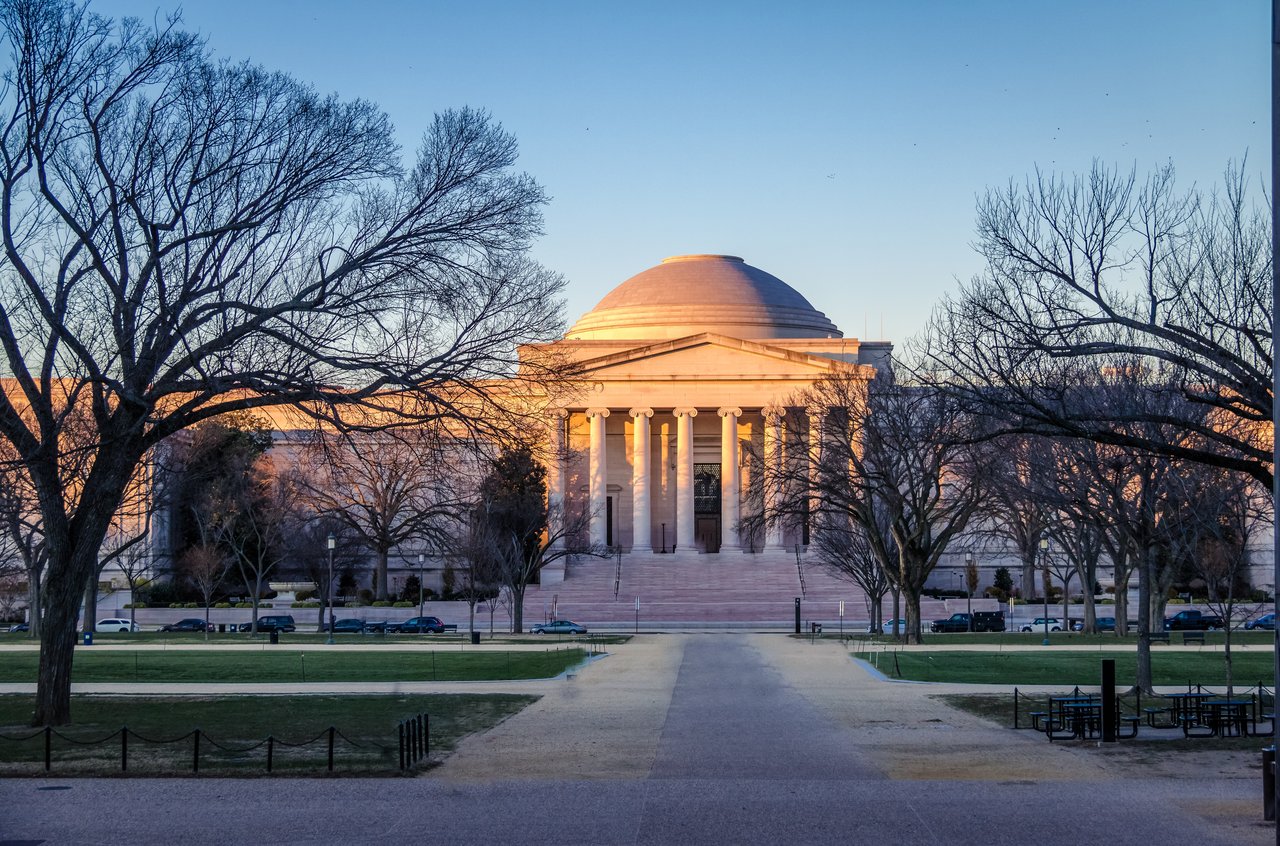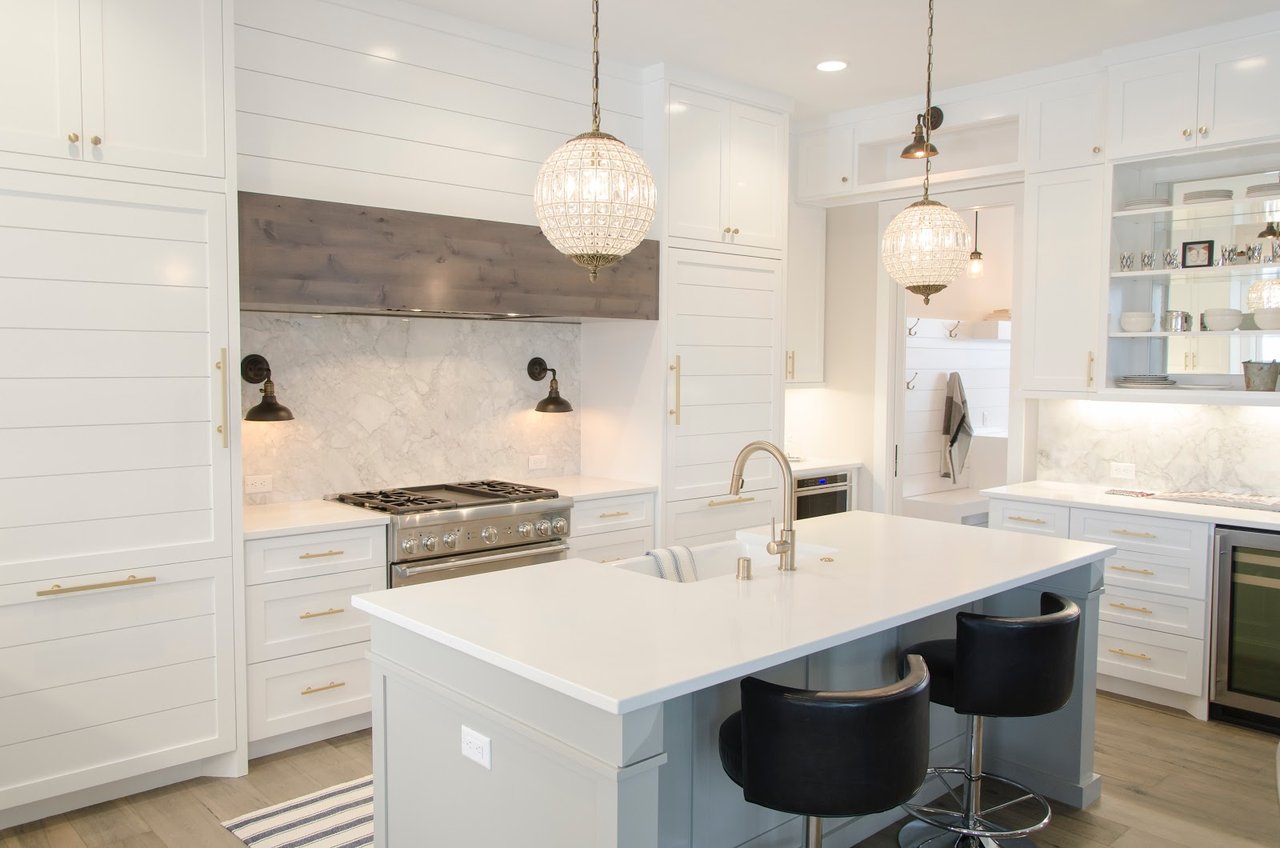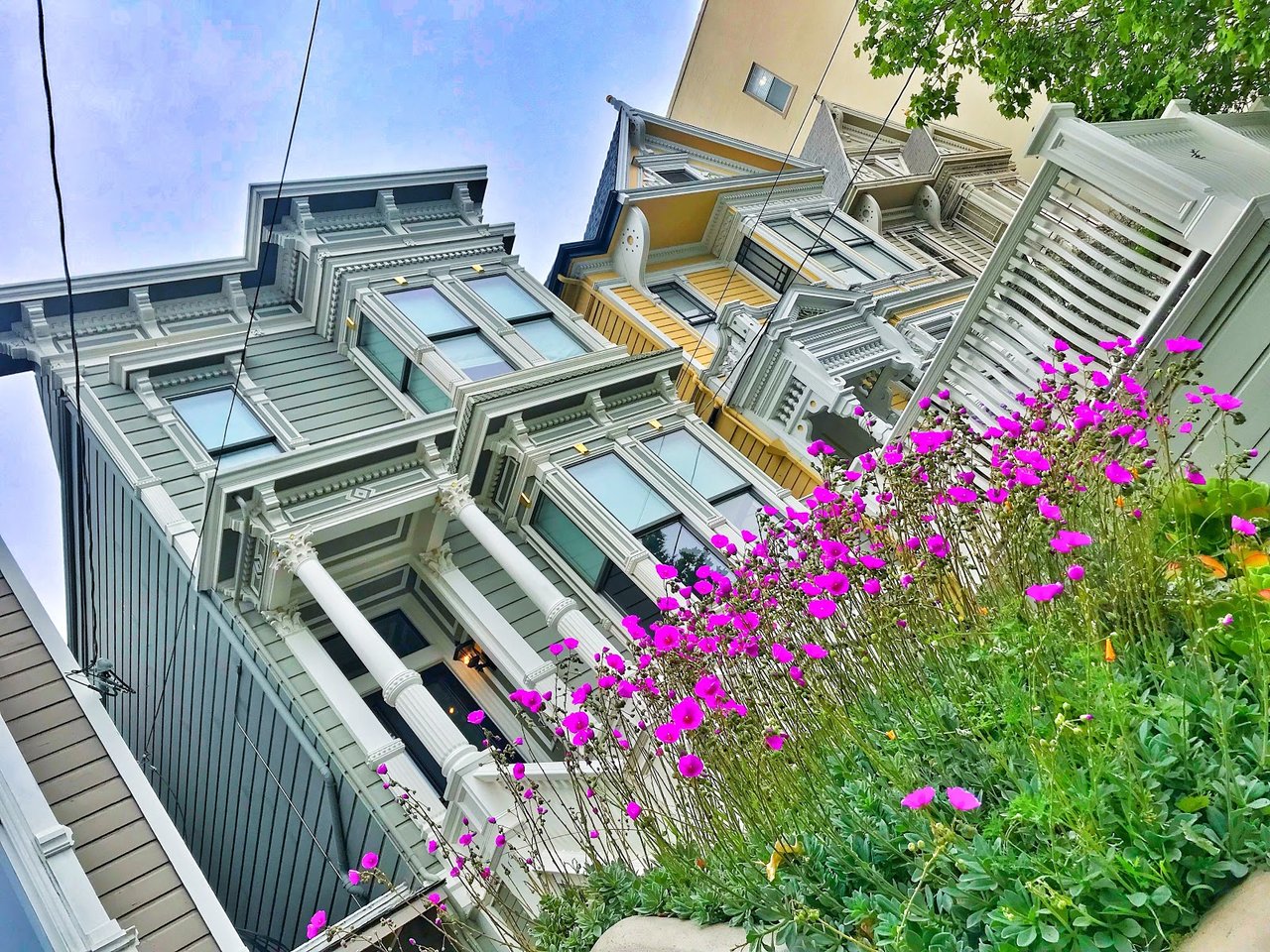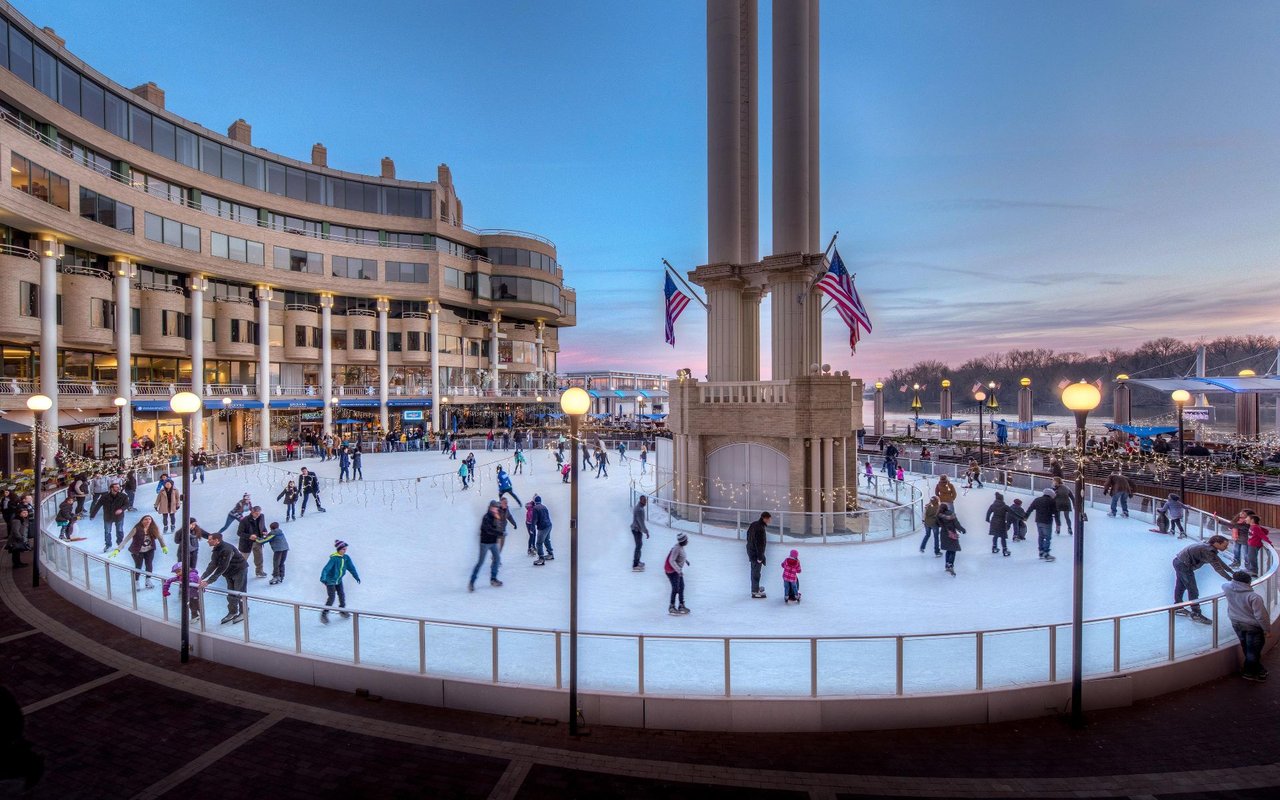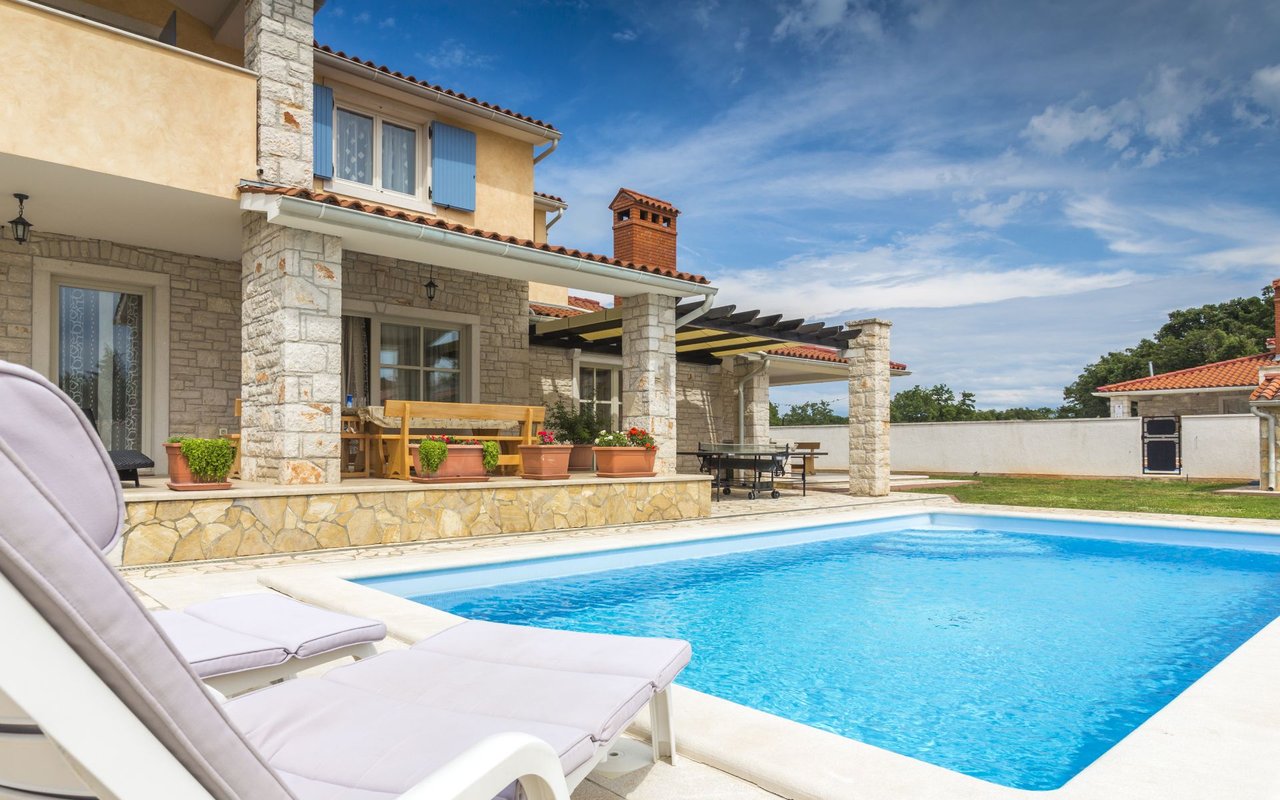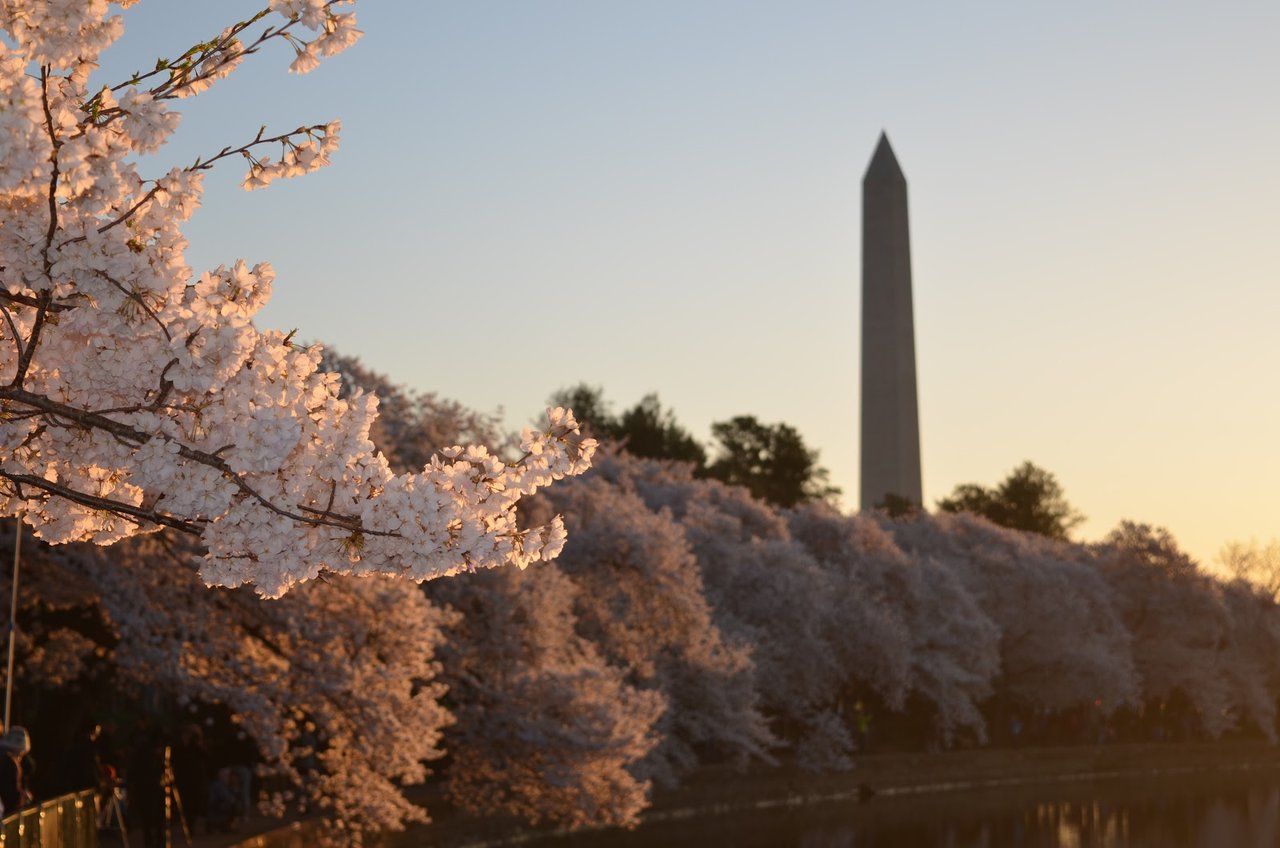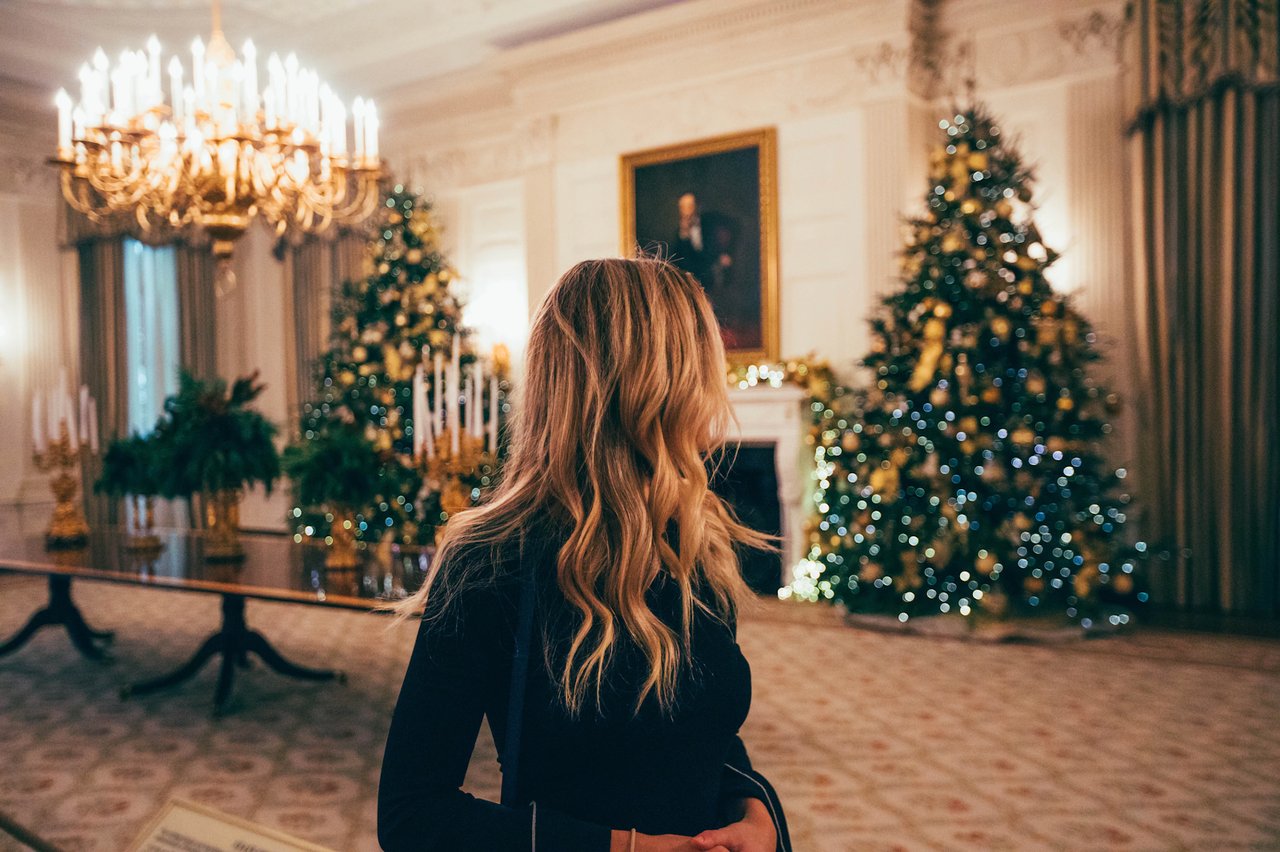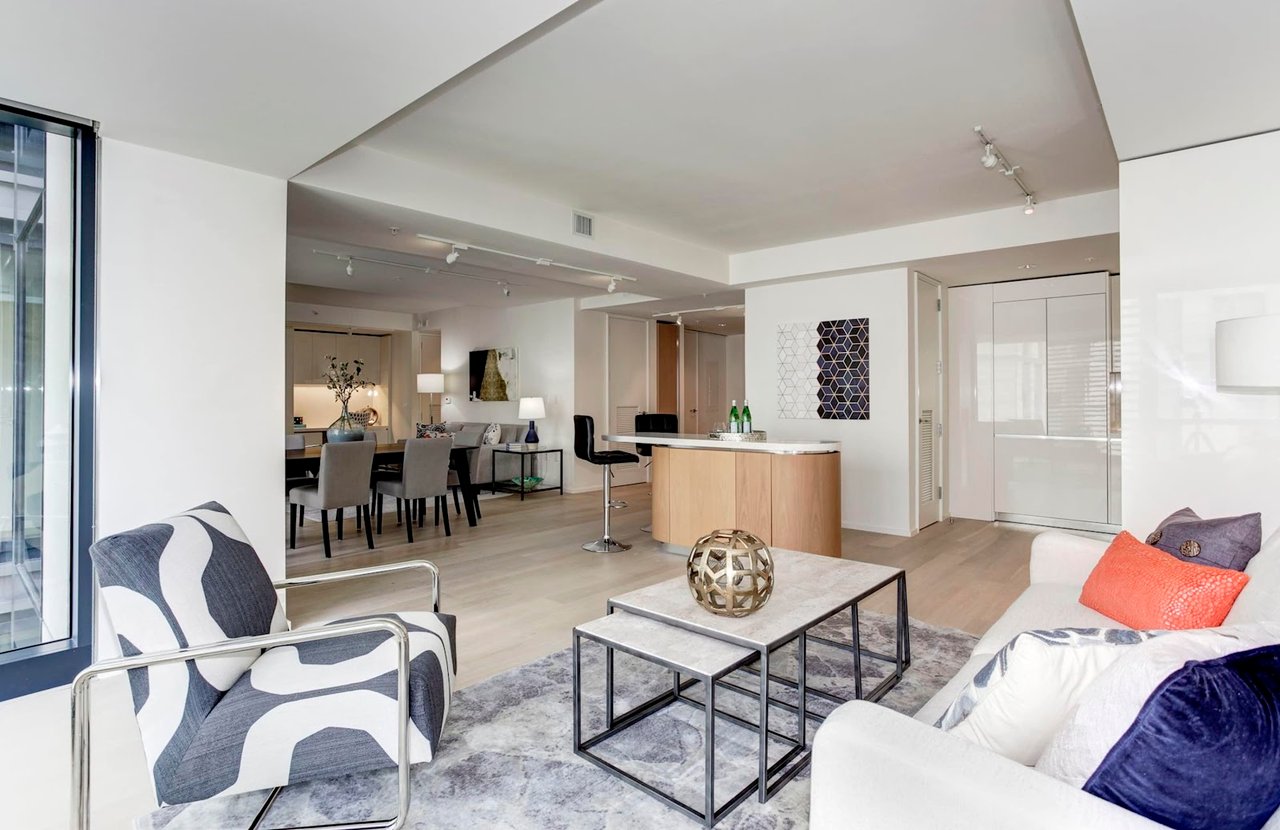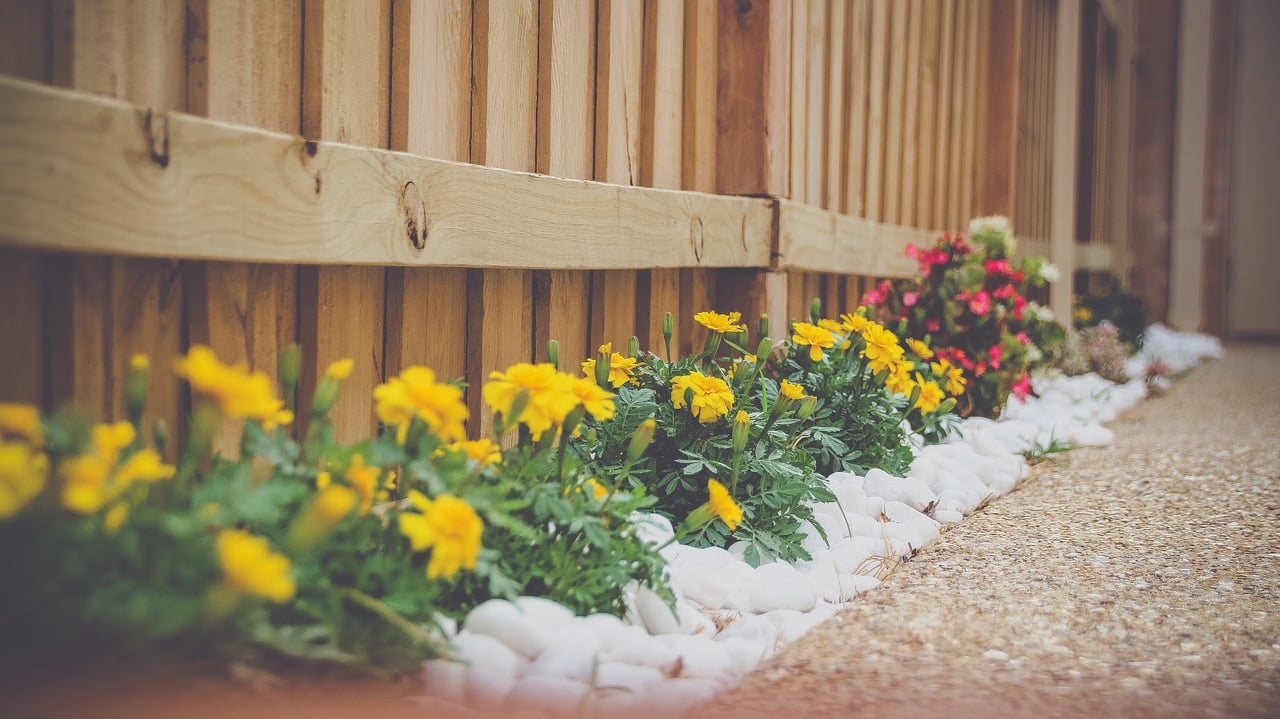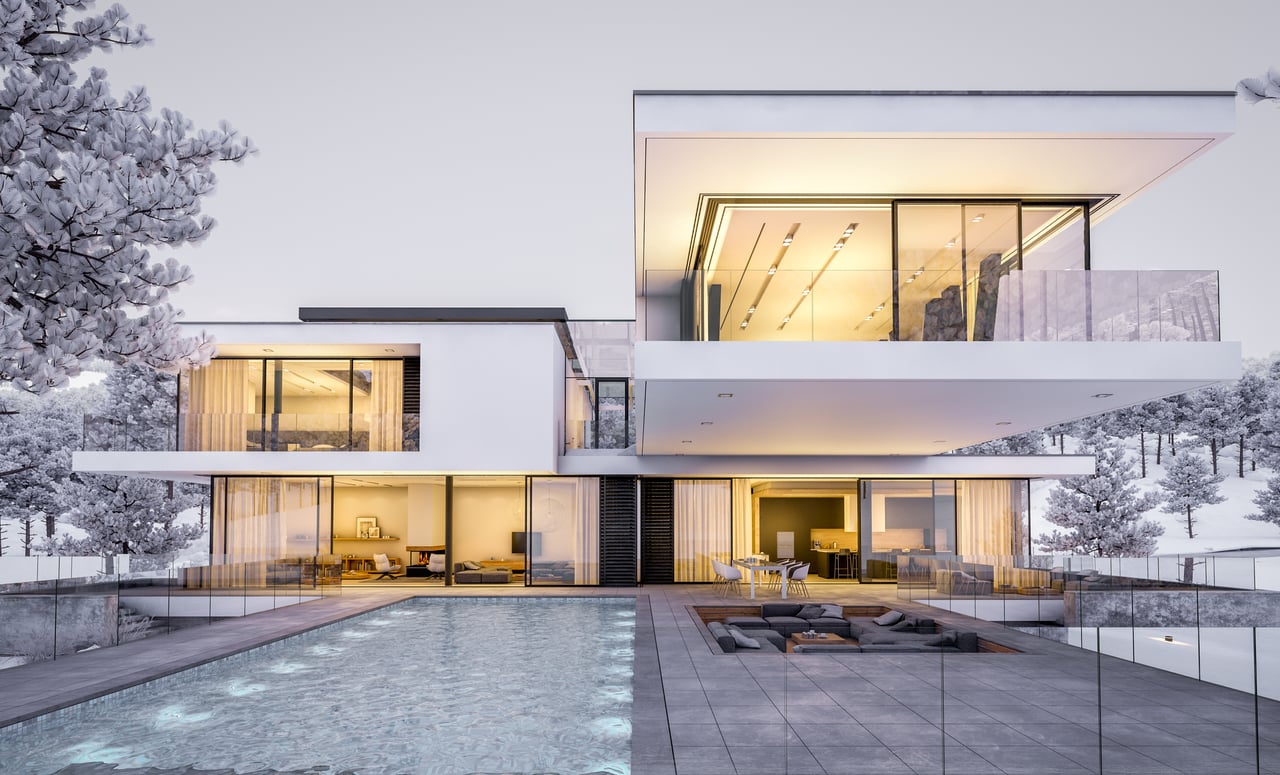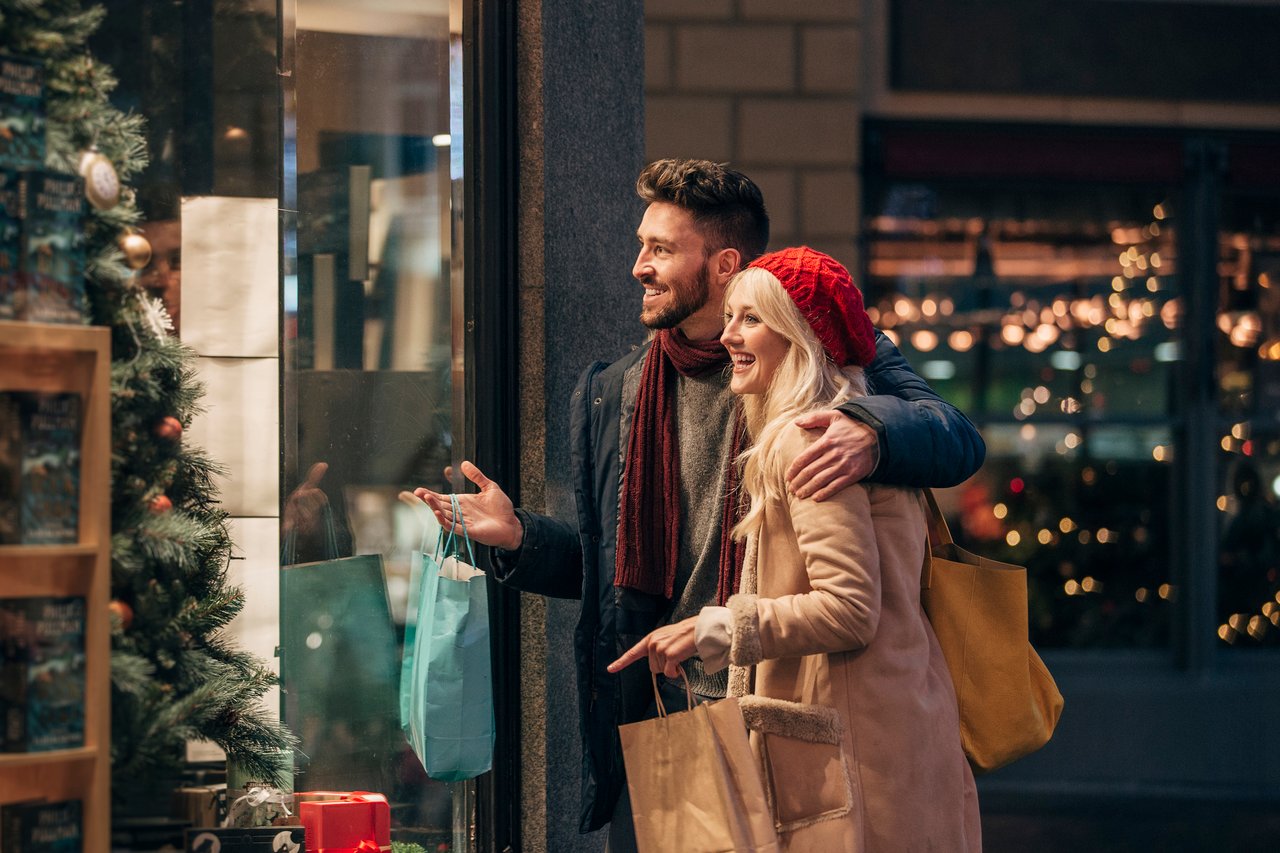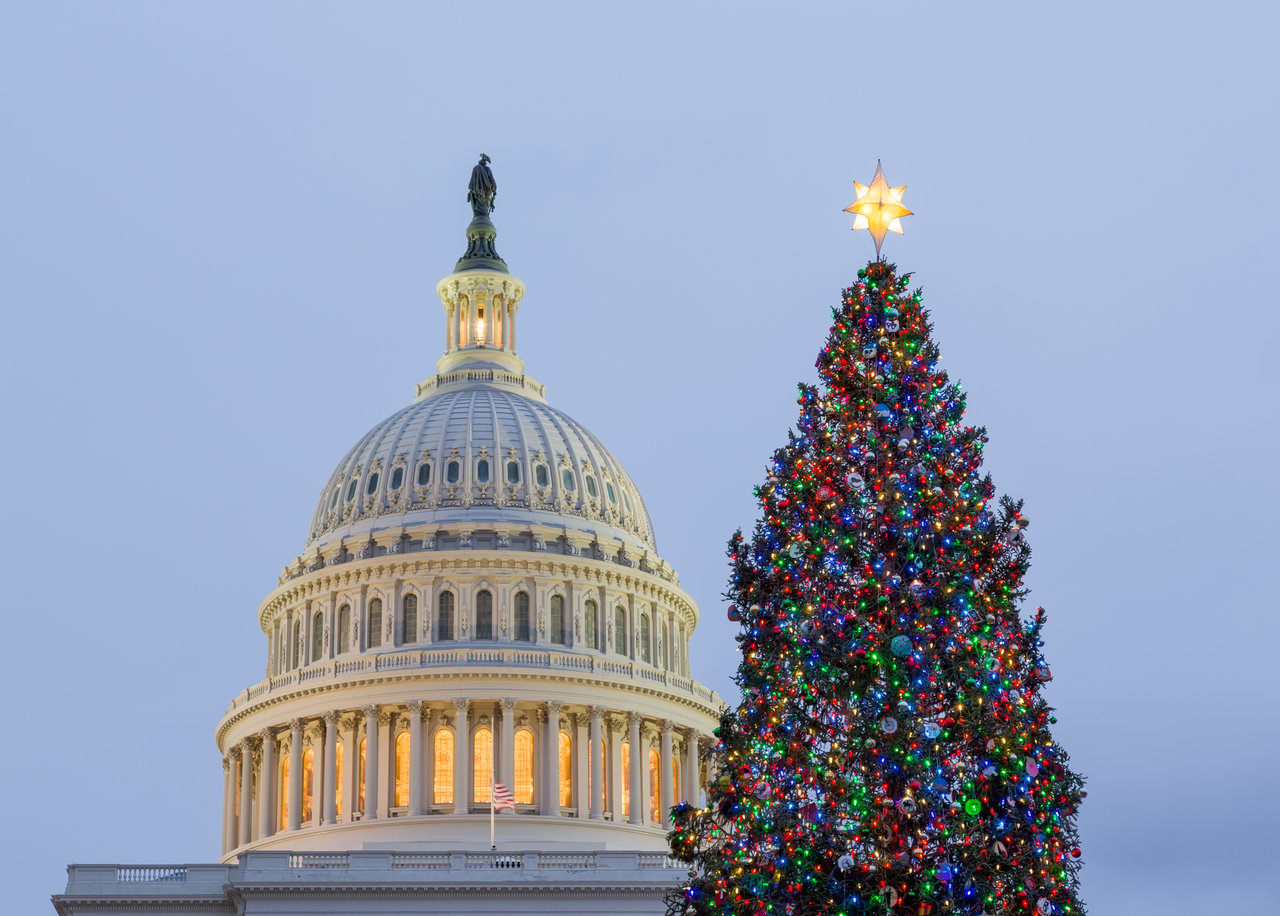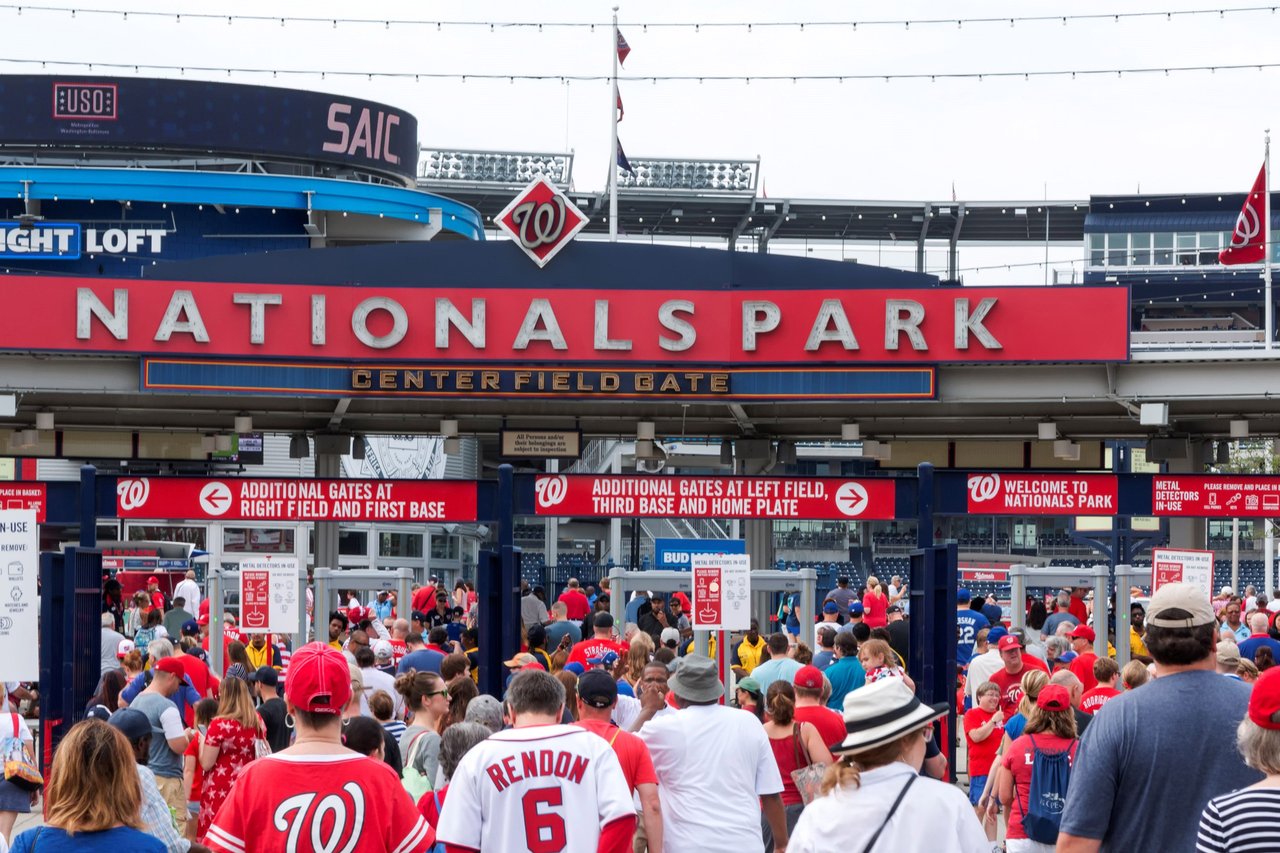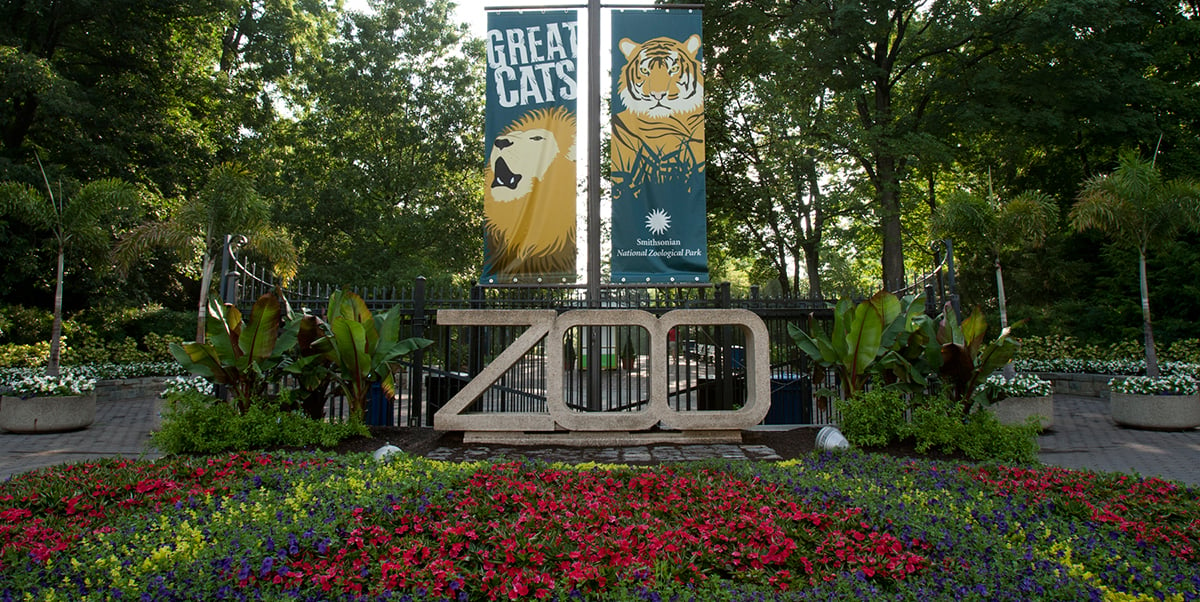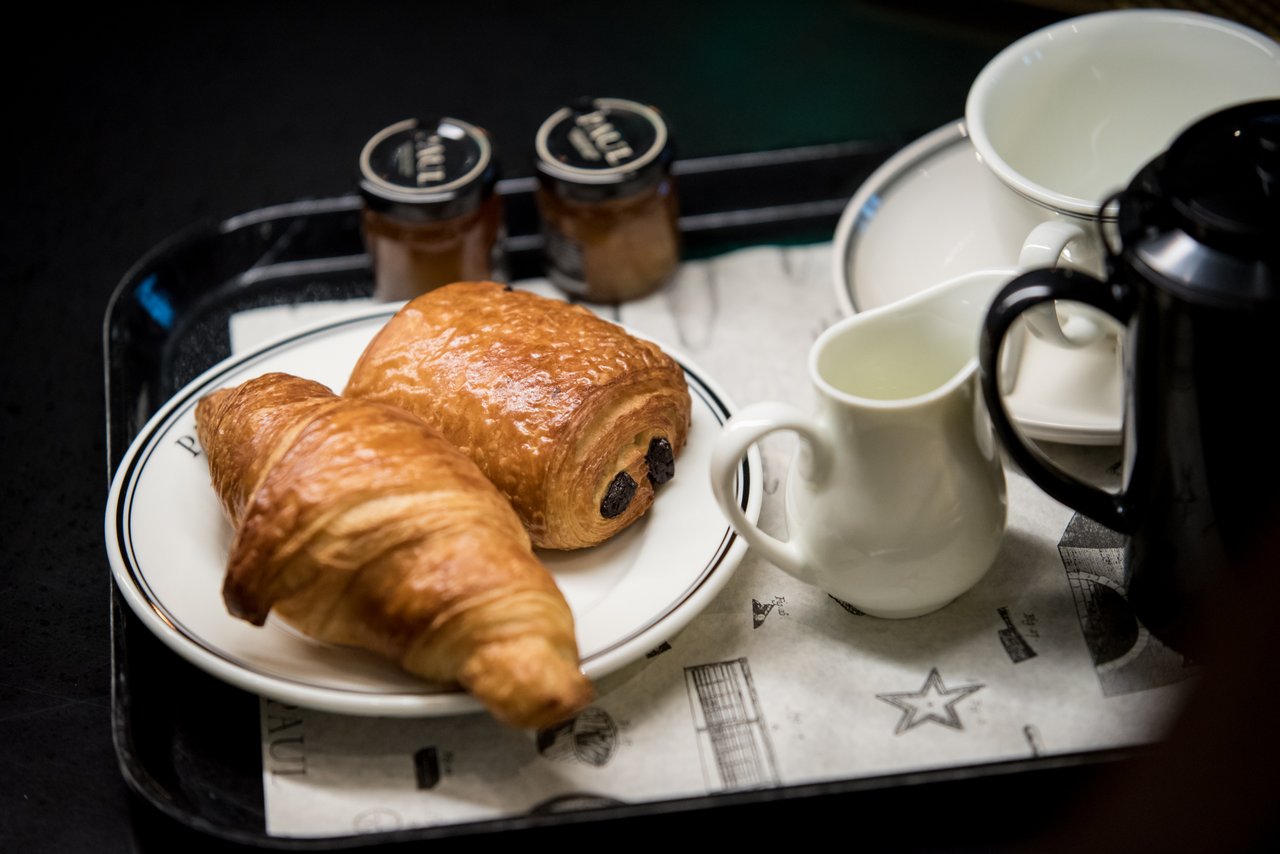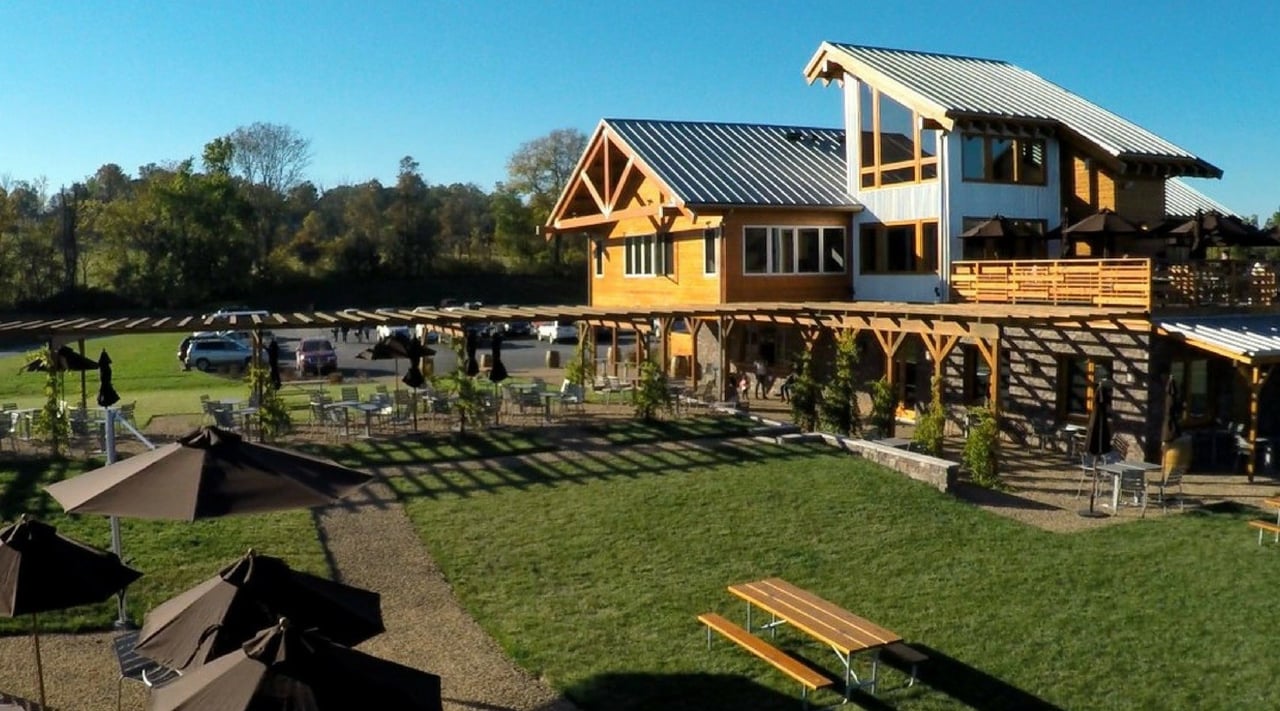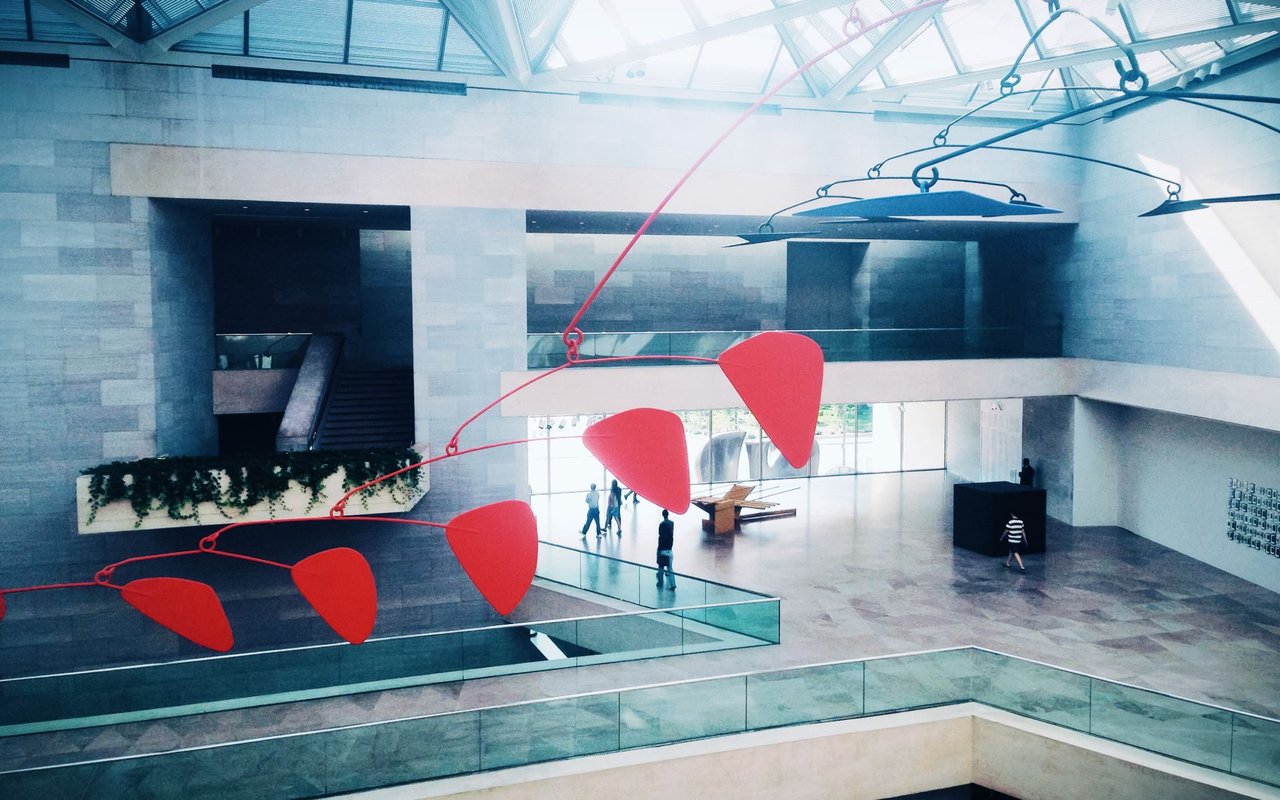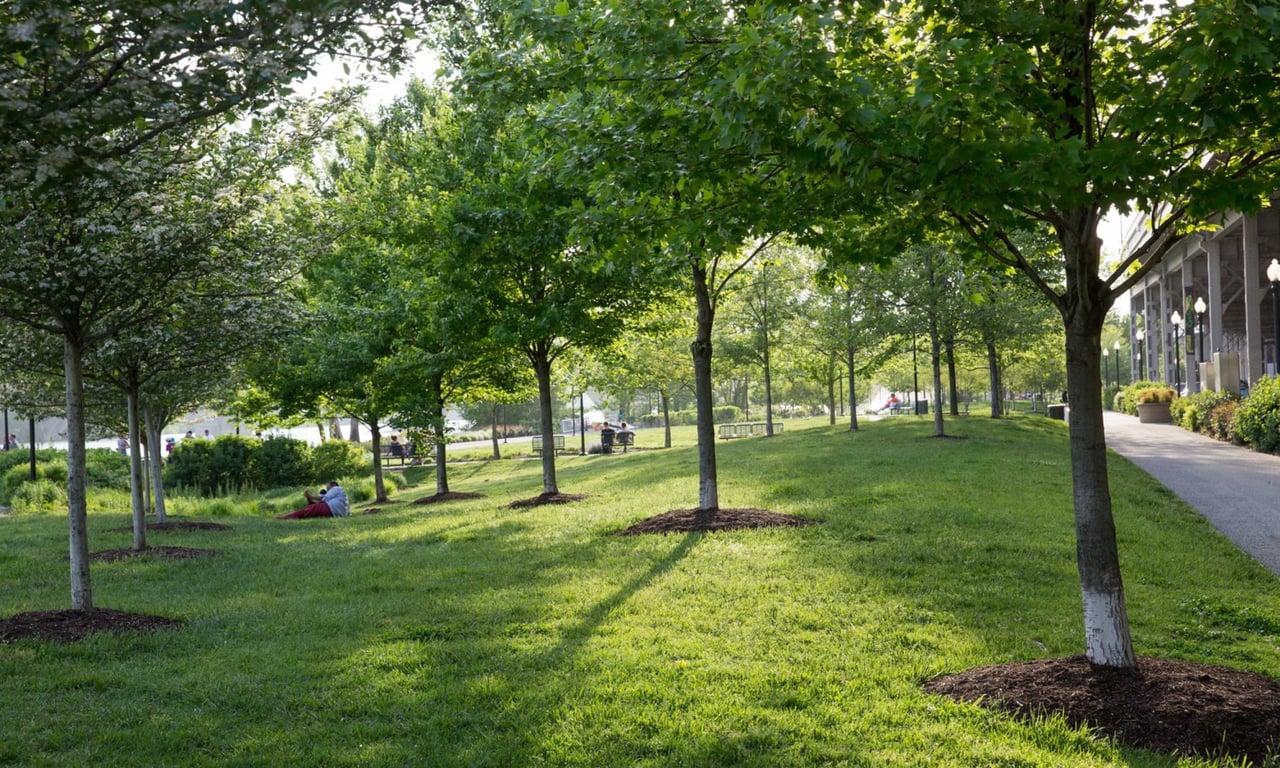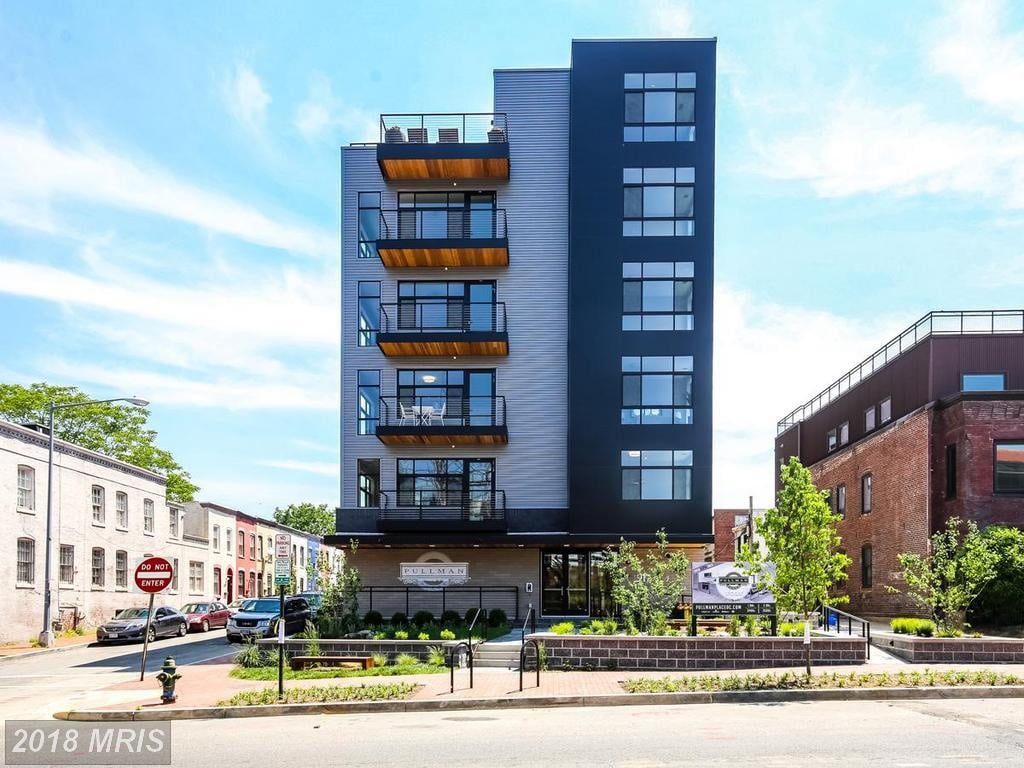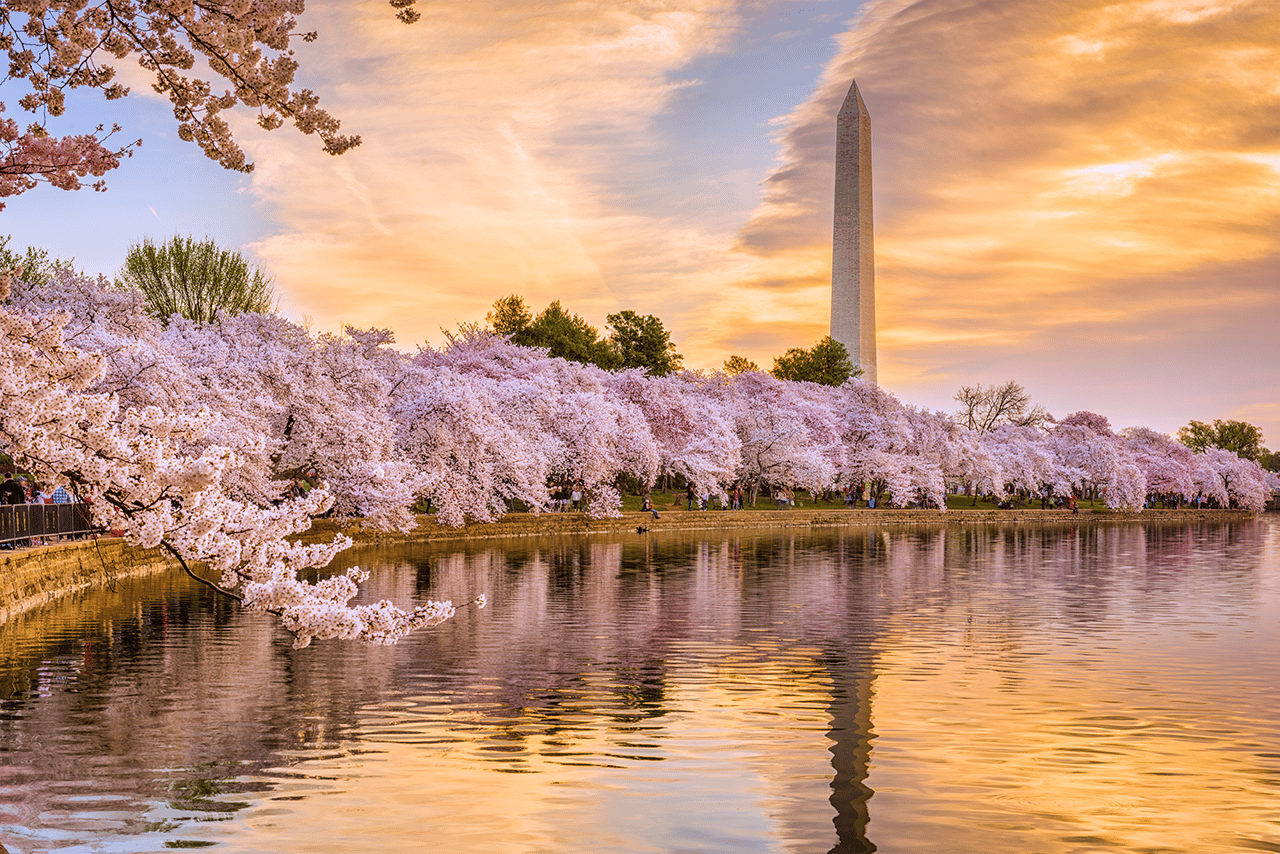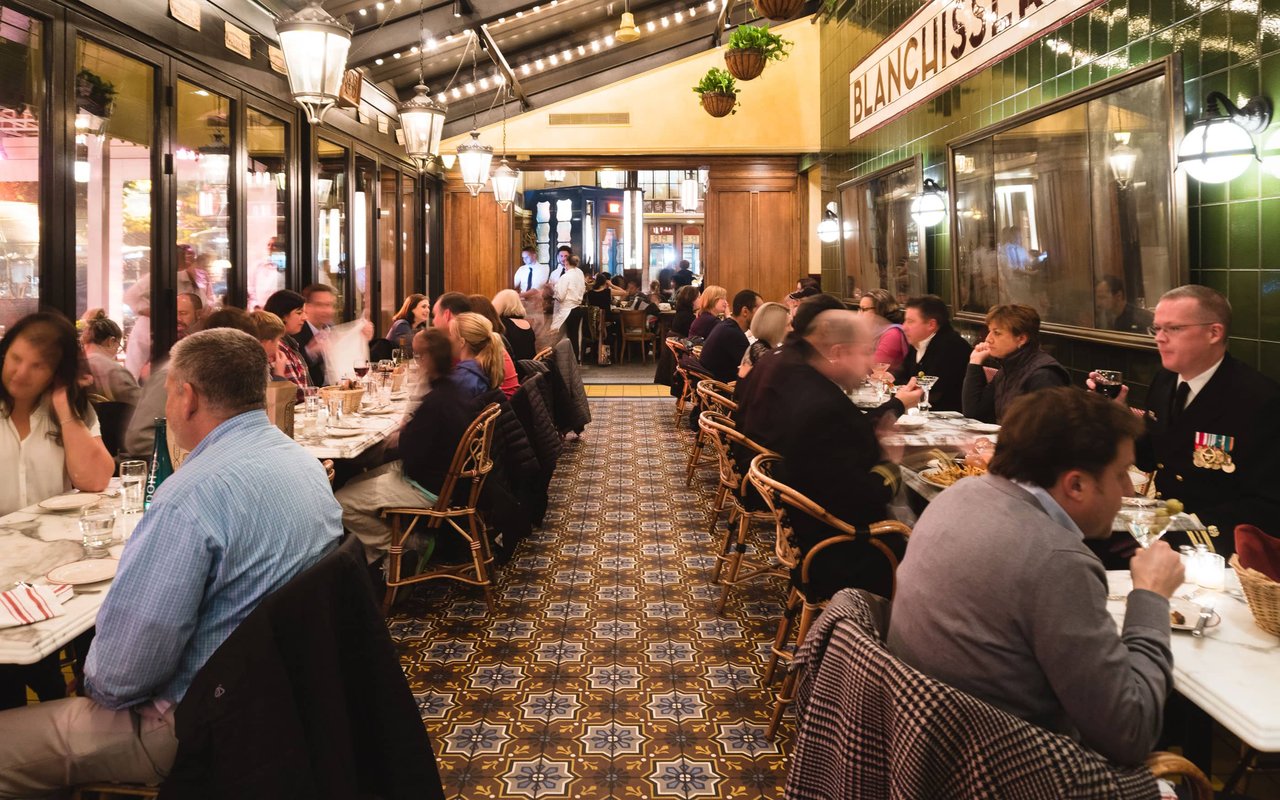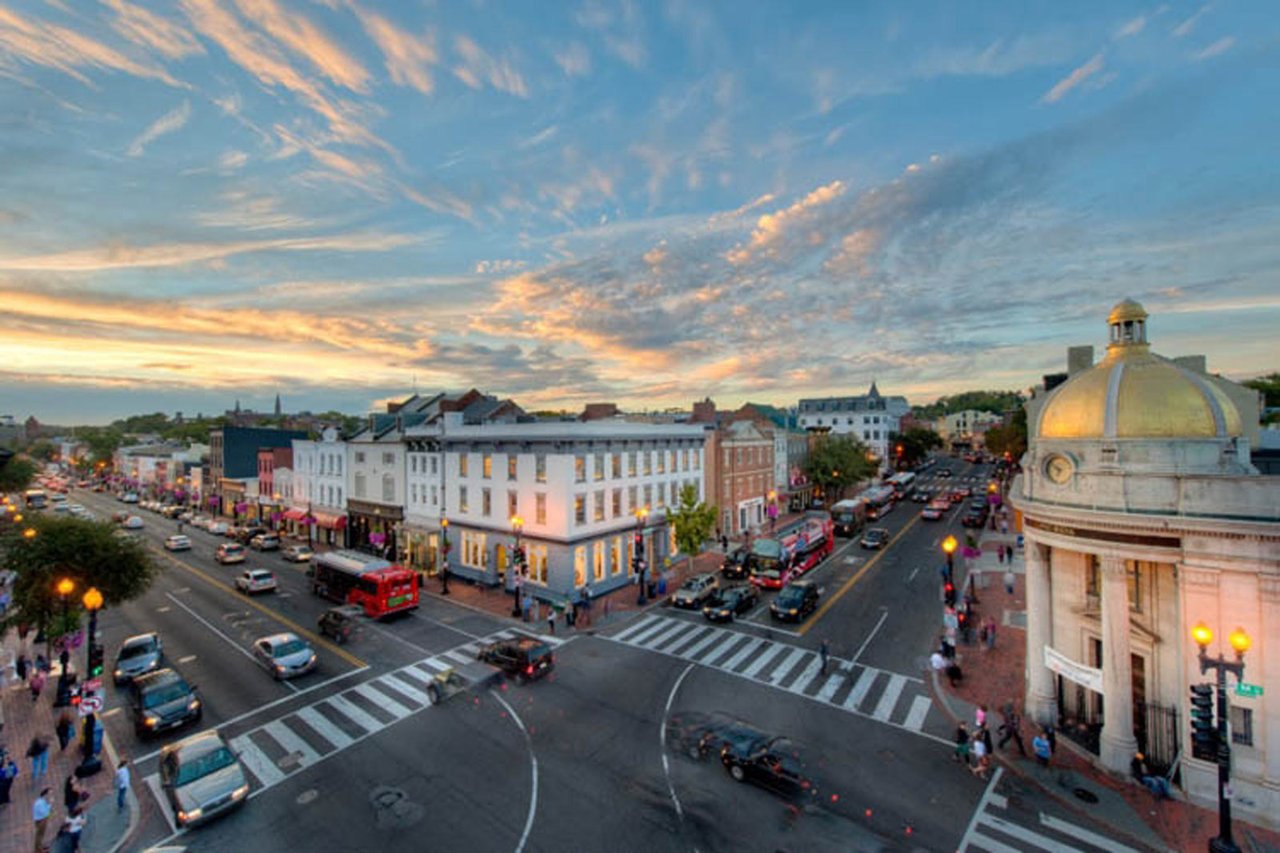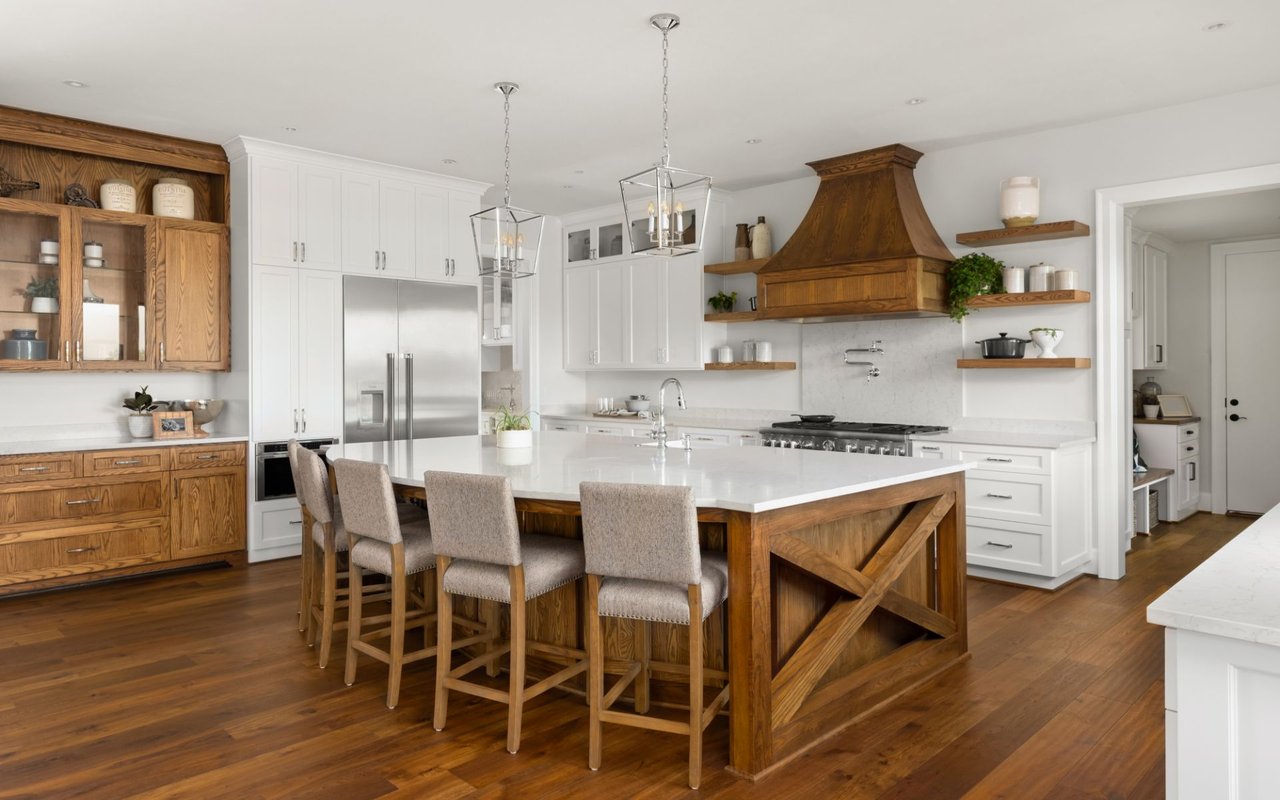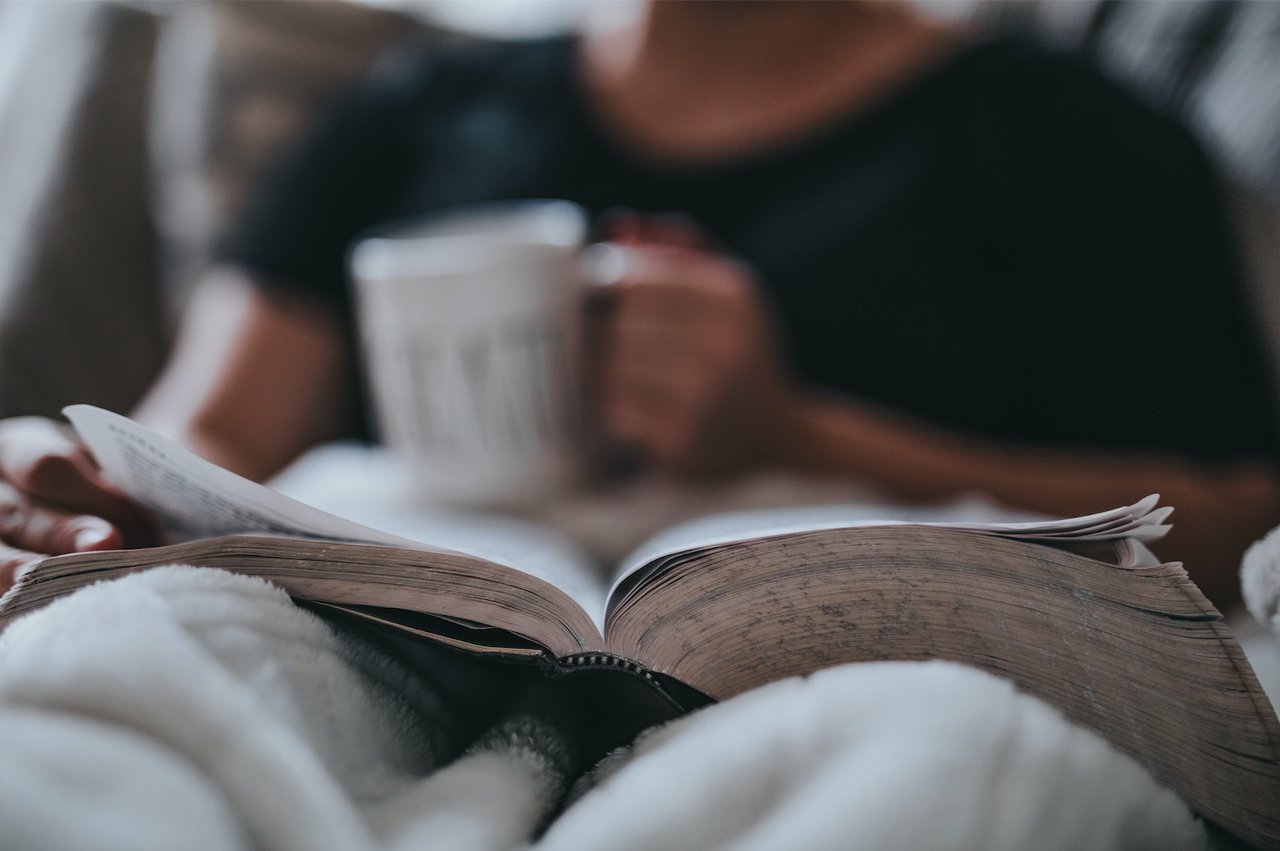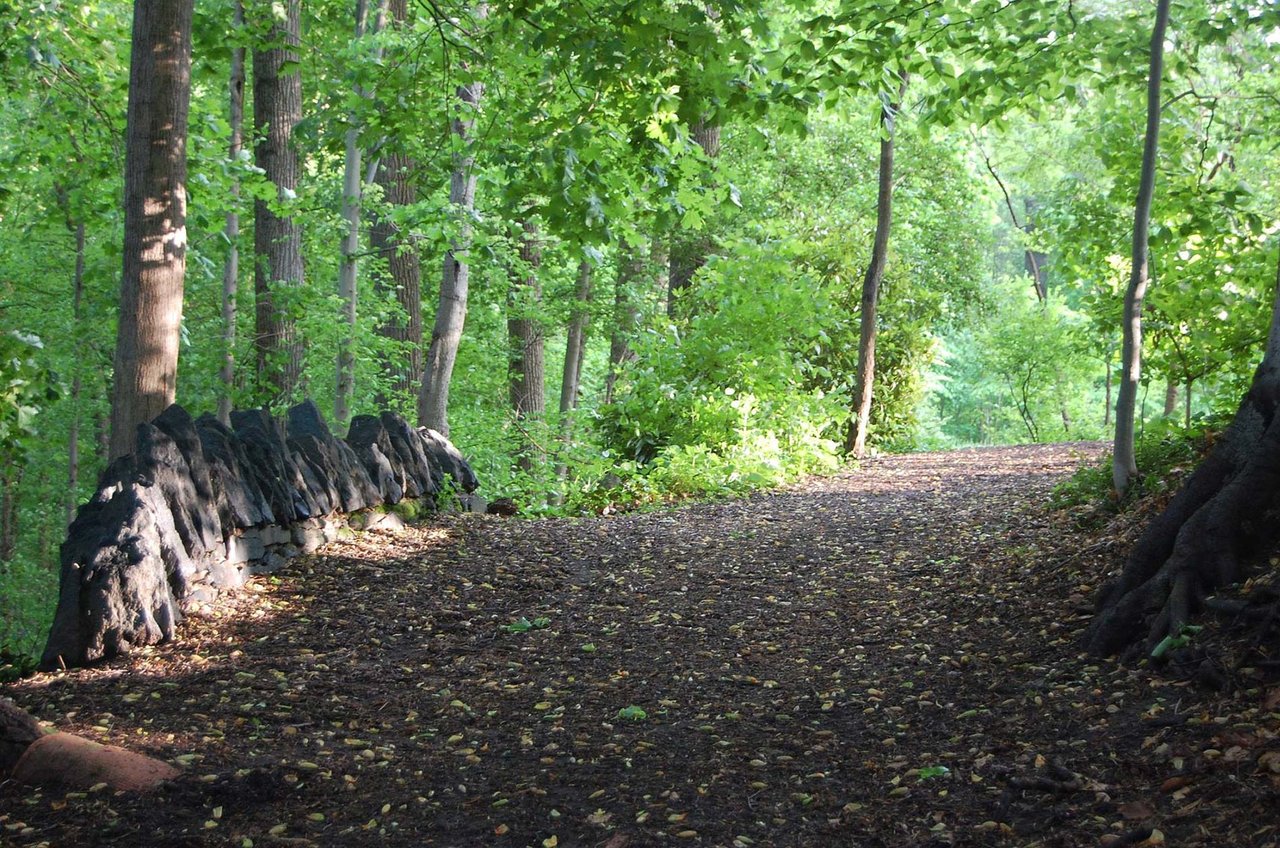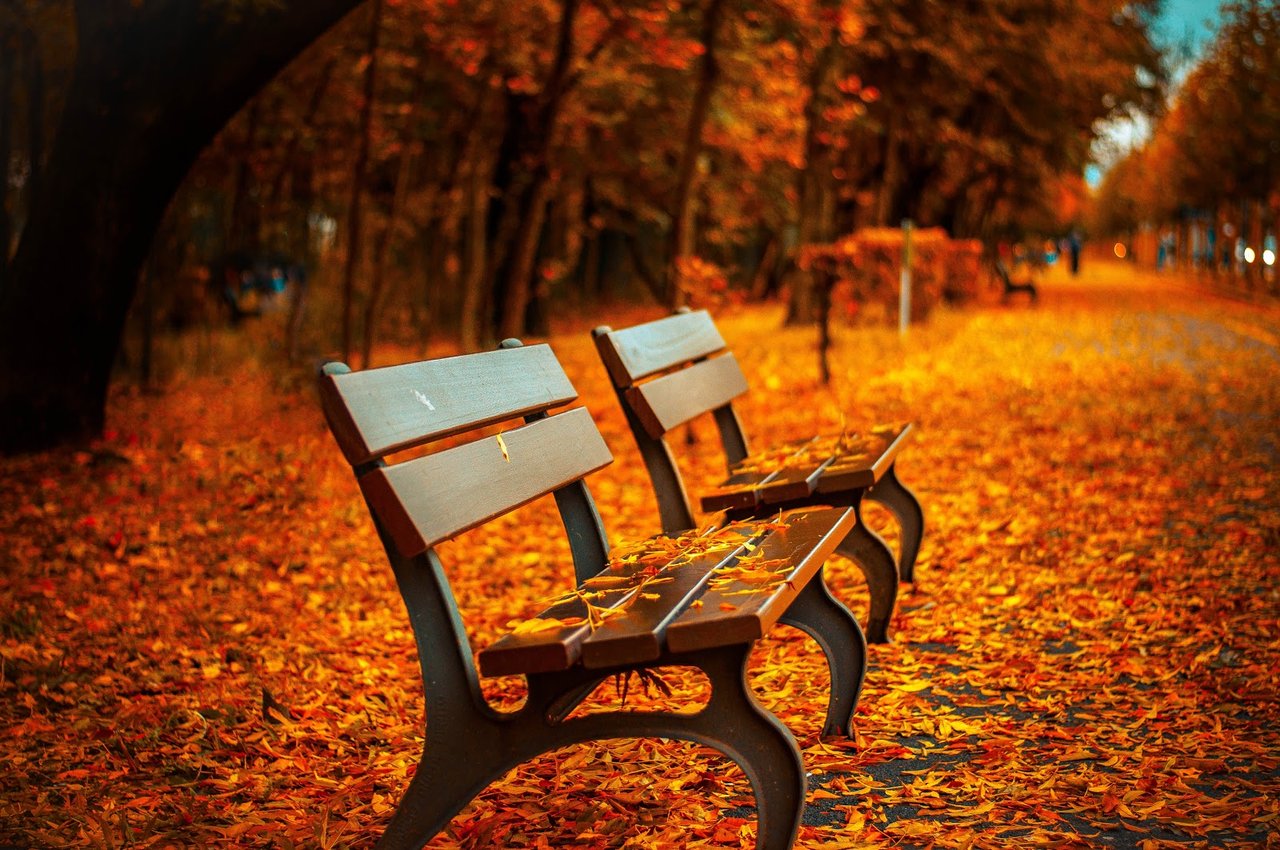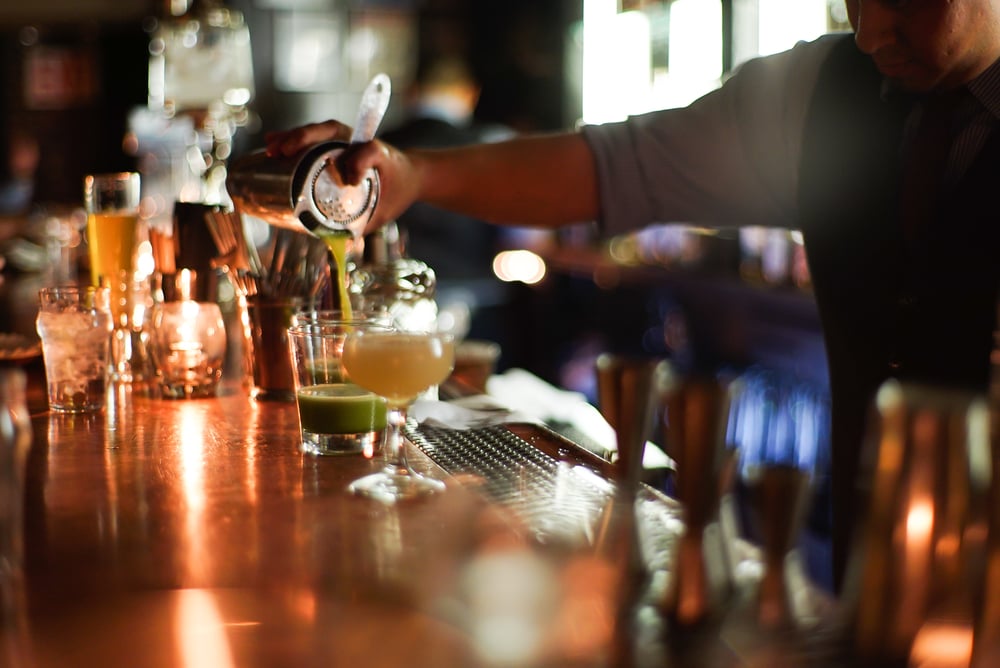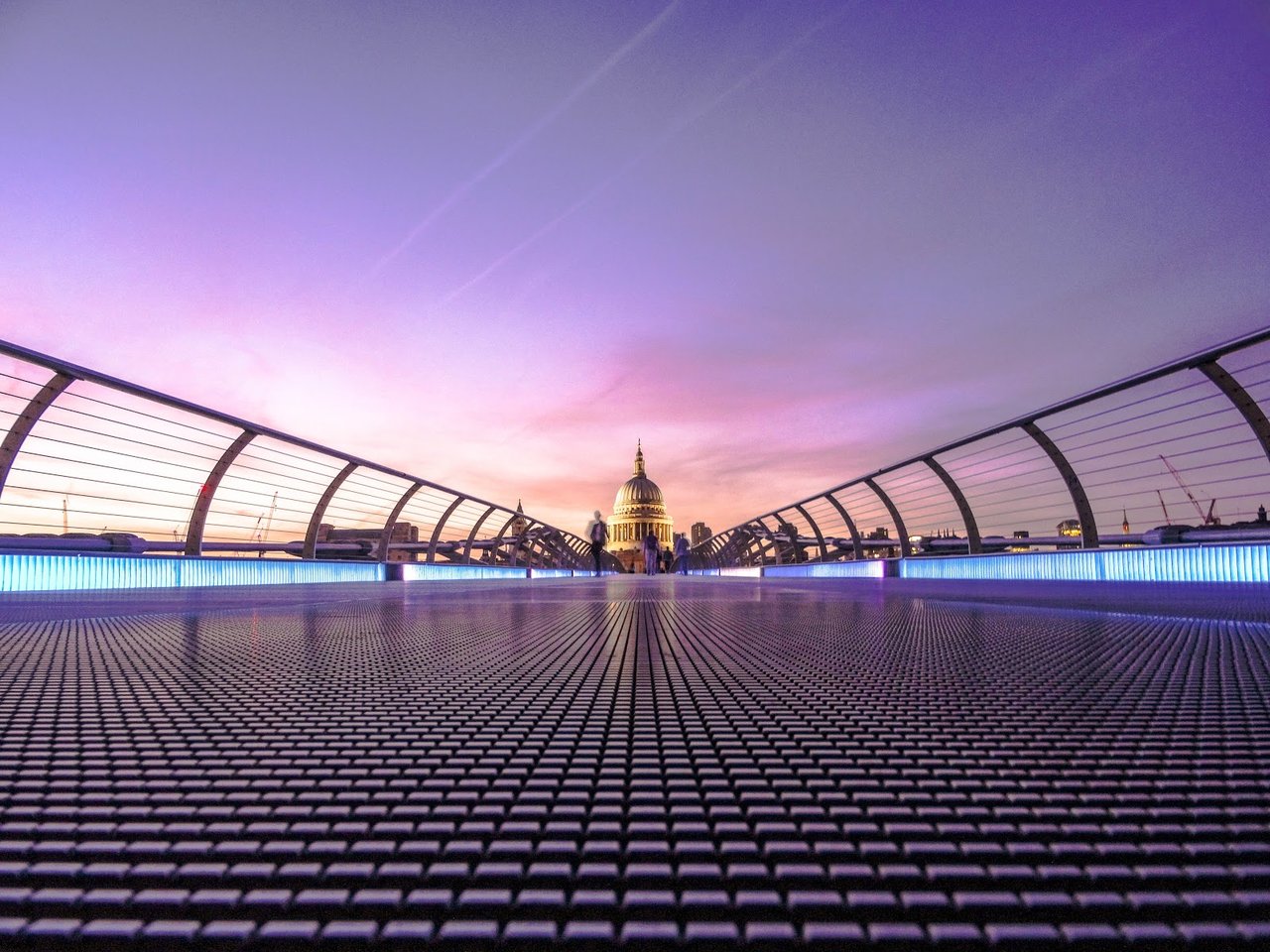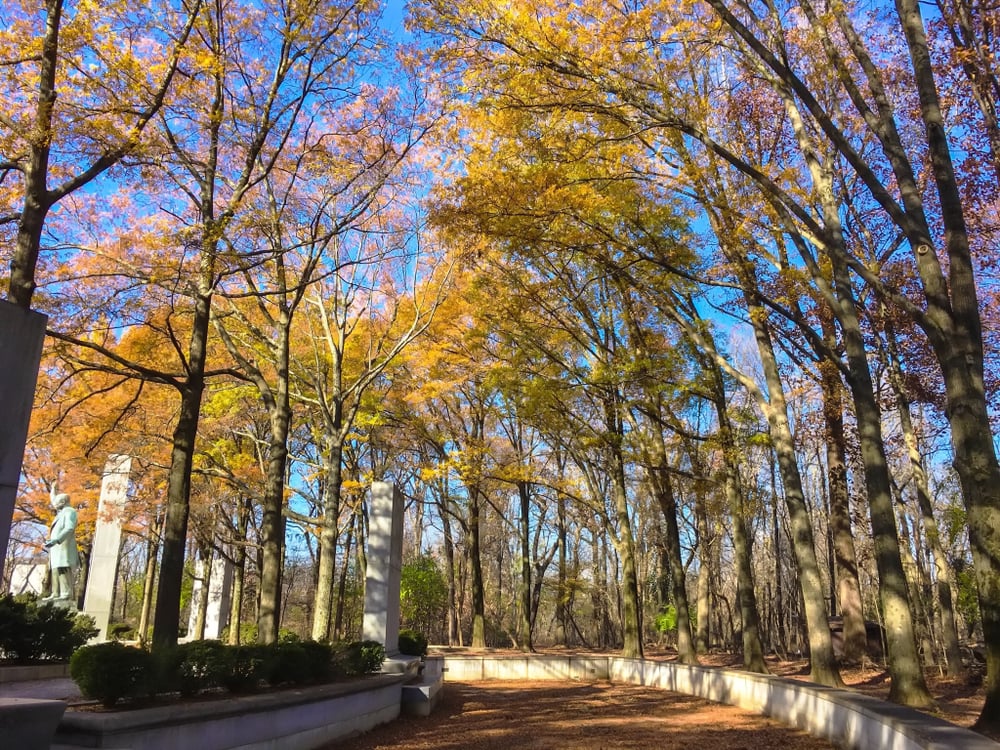PAINTINGS, SCULPTURES, AND TEXTILES—OH MY! NO MATTER WHAT KIND OF ART YOU LOVE, WASHINGTON, DC HAS A LITTLE BIT OF EVERYTHING. THIS GUIDE TO SEVEN CAN’T-MISS ART MUSEUMS WILL TELL YOU ALL YOU NEED TO KNOW.
HIRSHHORN MUSEUM AND SCULPTURE GARDEN
The National Museum of Modern Art lives at the Hirshhorn Museum. As part of the Smithsonian Institute, Hirshhorn has curated an unrivaled collection of contemporary art pieces that are available for viewing on the National Mall 364 days a year—every day but Christmas. Admission is always free, and the Hirshhorn Museum has one of the highest attendance rates for modern art museums in the United States, likely due to their shifting exhibitions and engaging events.
Despite being established in 1974, the Hirshhorn Museum owes its roots to the 1930s, when Congress moved to create a national museum of contemporary art to complement the National Gallery of Art. Since its doors first opened, the Hirshhorn Museum has worked diligently to provide a showcase for groundbreaking new artists from the United States and Europe, while aiming to deeply affect visitors. They urge visitors to “Come as you are. Leave transformed.”
While you’re there, you’ll want to explore the Sculpture Garden. With 60 permanent displays, the Sculpture Garden is an incredible spot for a picnic on a sunny day. Sculptures in the garden date back as far as 1880, and each one reflects a different style of art or medium of creation, so every turned corner will bring you something new. For a warm drink, step inside the museum’s on-site café. Dolcezza Coffee & Gelato is the perfect place for a midday pick-me-up. Here, you can enjoy locally-sourced gelato and finely-crafted espresso drinks. Tokyo-born artist Hiroshi Sugimoto designed the lobby where Dolcezza lives at the Hirshhorn, so even your double-shot cappuccino and buttery pastry will be an artful experience.
NATIONAL PORTRAIT GALLERY
One of the best ways to understand a nation is to see its people, and there is no better place to do that than at the National Portrait Gallery. As part of the Smithsonian Institute, this museum is open 364 days a year and is always free to the public.
Exhibits here include “America’s Presidents,” which is the only complete collection of presidential portraits to exist outside of the White House itself, and “Champions,” which commemorates American athletes. Other exhibits at the National Portrait Gallery promote nationwide engagement, such as “The Outwin 2019: American Portraiture Today” exhibit, which features contemporary American artists who were finalists in the Outwin Boochever Portrait Competition. This competition aims to paint America’s story by showcasing diverse and compelling works from Americans from every corner of the nation. The current exhibit features artists from 14 states working in a variety of different mediums, from traditional painting to digital photography and even performance art. This competition only happens every three years, so don’t miss the exhibit!
RENWICK GALLERY OF THE AMERICAN ART MUSEUM
Only steps from the White House sits the Renwick Gallery, a component of the Smithsonian American Art Museum. Dedicated to craft and decorative arts, this gallery is the best place in DC to visit if you’d like to browse 1930s bakeware, handwoven bull rush baskets, and antique silver and gold necklaces all in the same place.
One of the gallery’s most famous pieces is Ghost Clock, an intricately carved single piece of mahogany that resembles a towering grandfather clock cloaked by a white sheet. This Wendell Castle sculpture is the last of 13 sculpted clocks he created, but this one doesn’t tock. It is the only piece in his series without a working clock mechanism installed, which the Renwick Gallery attributes to an emphasis on the “stillness and silence” of eternity.
FREER GALLERY OF ART AND THE ARTHUR M. SACKLER GALLERY
To experience some of the finest Asian art available in Washington, DC, look no further than the Freer Gallery of Art and the Arthur M. Sackler Gallery. These galleries work in tandem to create the Smithsonian National Museum of Asian Art, which aims to highlight the innate universality of art and the way it intrinsically unites all of humanity.
Their collections are wide-ranging, covering topics such as South Asian and Himalayan art, biblical manuscripts, Korean, Japanese, and Chinese artworks, and ancient pieces from Egypt and the Near East. When you visit, you’ll be able to view painted jars from the 16th century Ming Dynasty in China and stoneware pitchers from Korea’s 13th century Goryeo Kingdom. At the Freer Gallery, step inside the Peacock Room for an ongoing exhibition of blue-and-white glazed porcelains from the Chinese Kangxi period. This space—Gallery 12—has had a tumultuous history, from its controversial beginnings in Victorian London to the budding friendship between Freer Gallery founder Charles Lang Freer and the original Peacock Room curator James McNeill Whistler, but today this collection draws crowds to appreciate the delicacy of porcelain craftsmanship. Make sure you’re in the Peacock Room when they open the window shutters on the third Thursday of each month from noon to 5:30 PM to see these artifacts in stunning natural light.
THE PHILLIPS COLLECTION
Are you looking for van Gogh and Renoir? Head over to The Phillips Collection in DuPont Circle. Established by Duncan Phillips in 1921, America’s First Museum of Modern Art was originally called the Phillips Memorial Art Gallery in honor of his late father and brother. Home to modernist and Impressionist artworks, today the Phillips Collection also functions as a collaborative meeting space for contemporary artists during their Conversations with Artists events. Founder Duncan Phillips always intended for the gallery to include an “experiment station” where the arts could be freely explored, and The Phillips Collection has partnered exclusively with the University of Maryland to symbiotically promote the arts and arts education.
Visit the Phillips Collection Tuesdays through Sundays and view the permanent collections for free on weekdays. If you’d like to view the ticketed exhibitions, consider purchasing tickets in advance to save time while you’re at the museum.
DUMBARTON OAKS
At Dumbarton Oaks Research Library and Collection in Georgetown, experience art as it is meant to be seen. Once owned by philanthropists and art collectors Robert and Mildred Bliss, today this “Home of the Humanities” is a Harvard University-owned library, museum, garden, and research facility, as well as a distinctive component of their Byzantine Studies program. It touts some of the world’s finest collections of Byzantine and Pre-Columbian art as well as a historic garden personally crafted by world-renowned landscape architect Beatrix Farrand and Mildred Bliss herself.
This remarkable piece of historic Georgetown real estate is open and free to the public Tuesdays through Sundays. Plan your visit around any of their guided tours: for an inside look at the Dumbarton Oaks campus take their 60-minute Architecture Tour, join an introductory Garden Tour on a sunny afternoon, and get to know the collection personally on the Museum Highlights Tour, or feel free to browse at your leisure. Make sure you peruse The House Collection’s crowning jewel, the Music Room. Home to tapestries, antique furnishings, and a 1926 Ignacy Paderewski-signed Steinway grand piano, this room is the beating heart of the estate. For a special evening out, gather in the Music Room for one of their upcoming concerts, like Sandbox Percussion chamber quartet performance on March 1st, or head to the Fellowship House for an enlightening seminar on the fate of Byzantium or the impact of heritage.
HILLWOOD ESTATE, MUSEUM, AND GARDENS
If you’re a fan of the decorative arts, you can’t skip Hillwood Estate. The former home of Marjorie Merriweather Post, an art-collecting socialite in the early 20th-century, the Hillwood Estate, Museum, and Gardens now houses a world-class collection of sacred Russian artworks associated with the House of Romanov, an orchid-filled greenhouse, and even a putting green. Visit this mansion Tuesdays through Sundays with a suggested donation price of $18 per adult to help maintain the museum and gardens.
Stepping inside this estate is like taking a walk through time. Post opened her mansion up for public viewing to allow people to see 20th century luxury living the way she experienced it—with her flare for 18th-century French design and all. Her collections are a testimony to her own personal curatorial prowess, but moreover, her estate speaks to the power of artful living. A walk through the French parterre or a glimpse at the Lunar Lawn through the magnificent breakfast room is enough to remind any visitor that the places we live in are art themselves.
One of the best parts about Washington, DC real estate is its close proximity to arts and culture. Whether you peruse stop-motion portraiture at the National Portrait Gallery or Byzantine tapestries at Dumbarton Oaks, Washington, DC has a surplus of incredible art museums to explore. If you’re interested in learning more about how you can live in Washington, DC luxury estates, contact me today.
